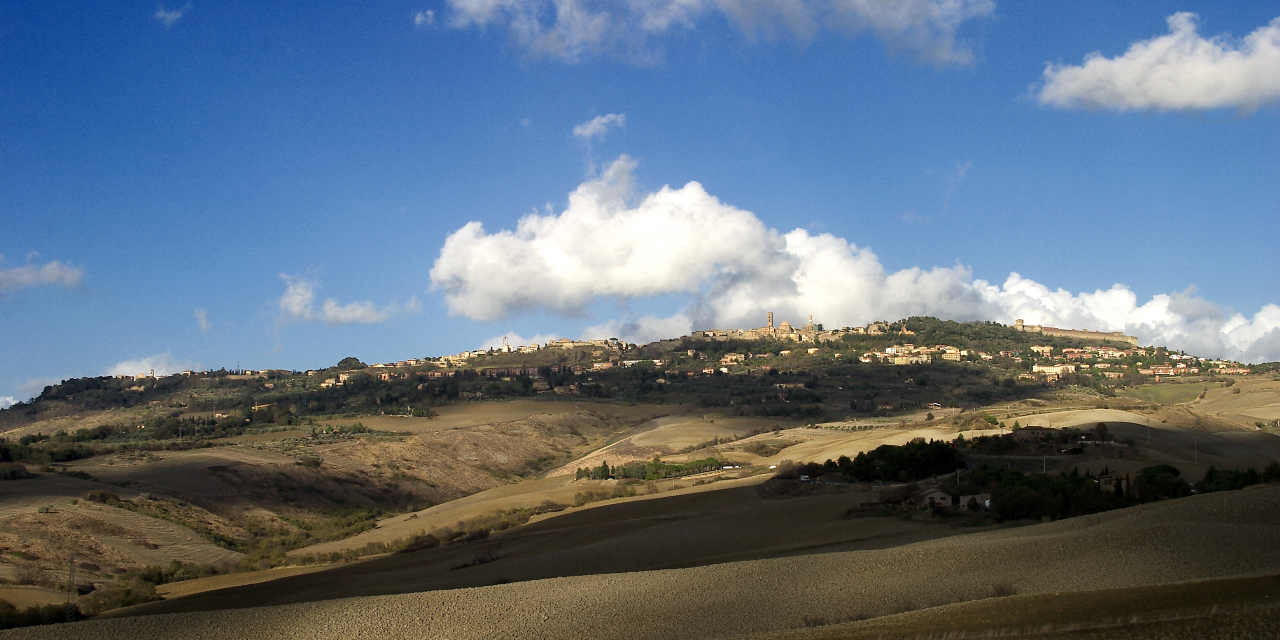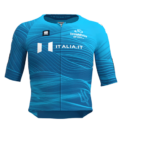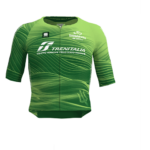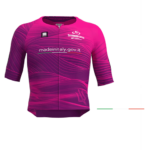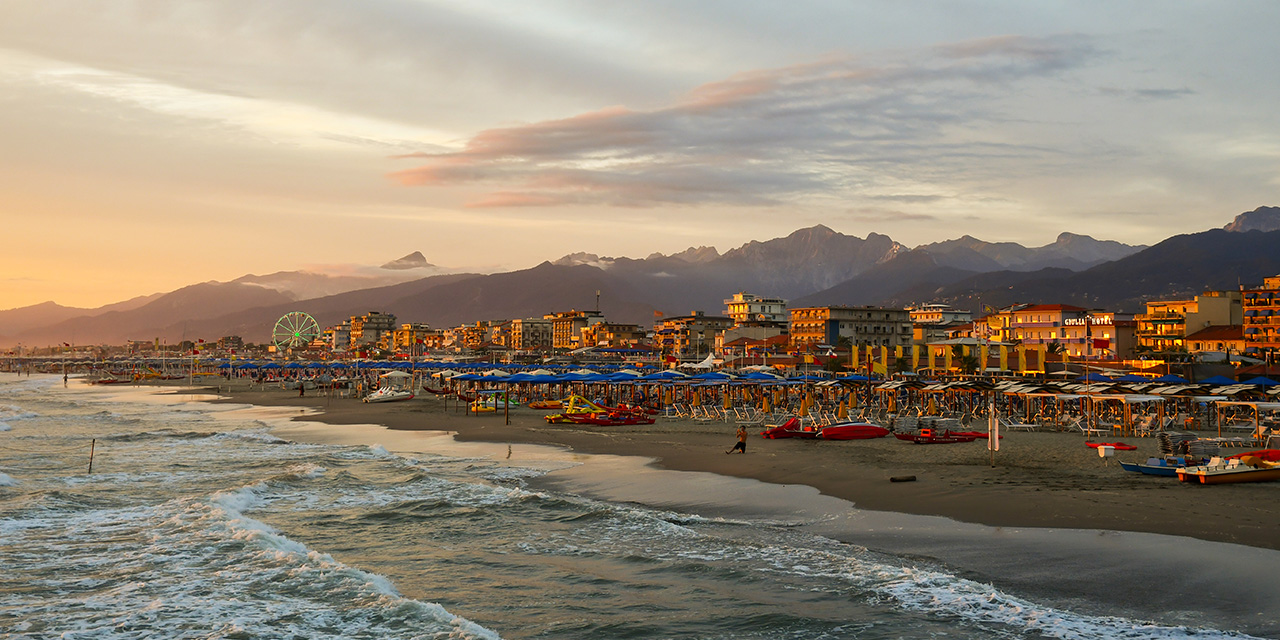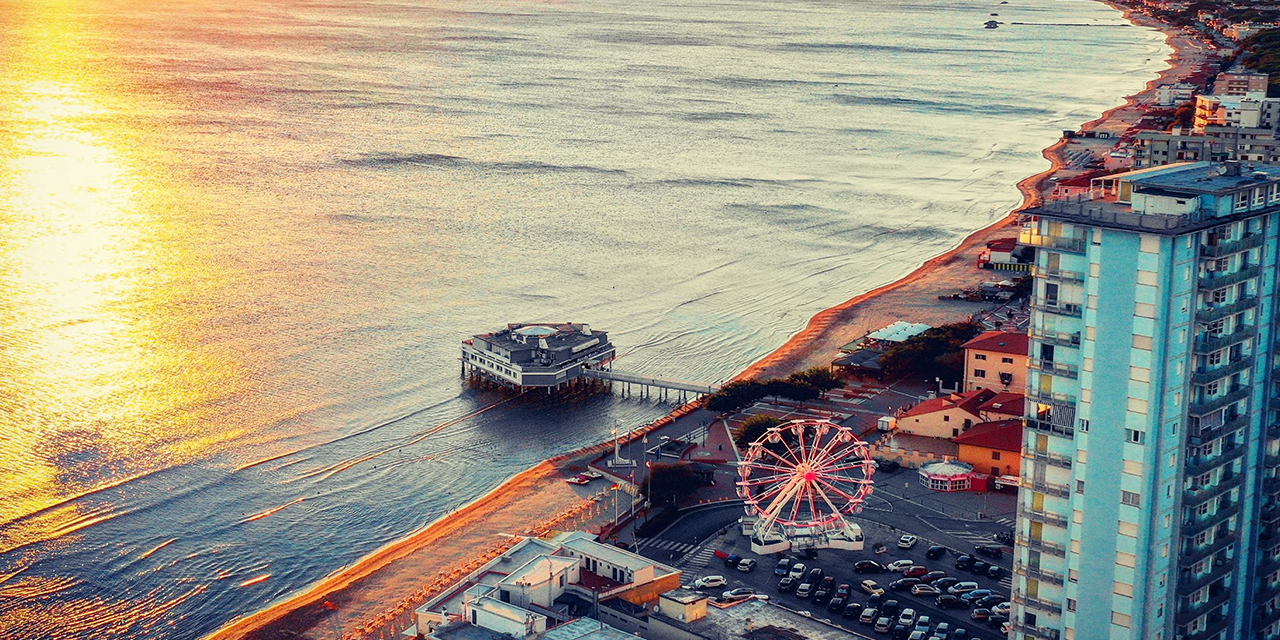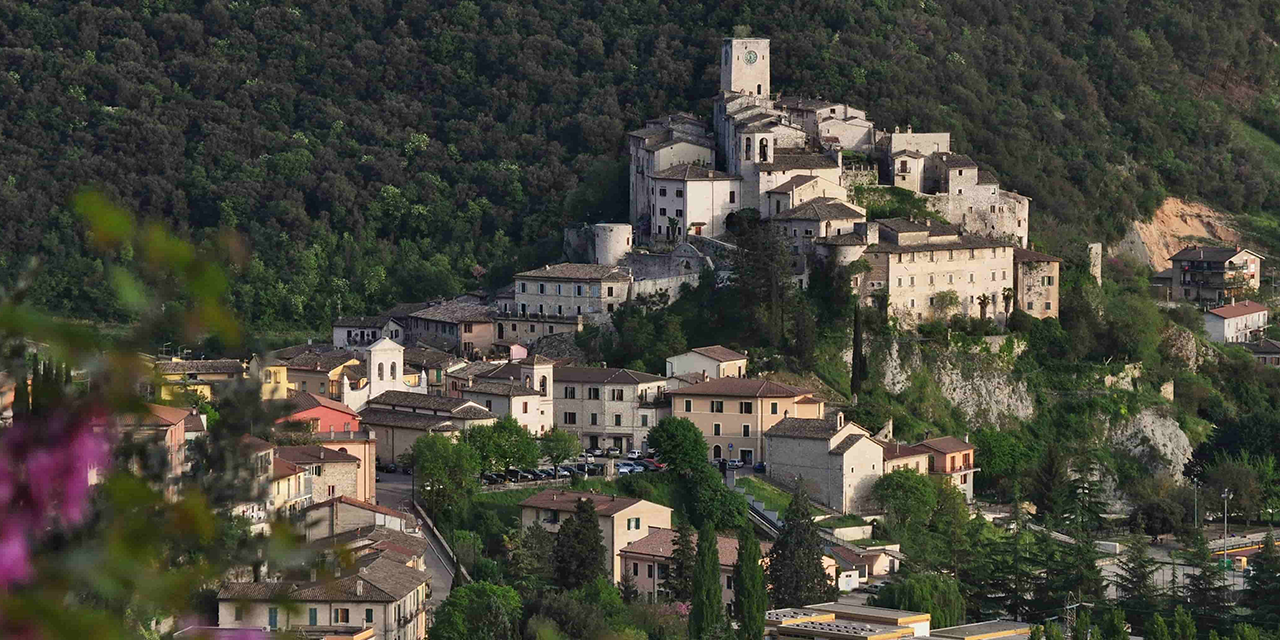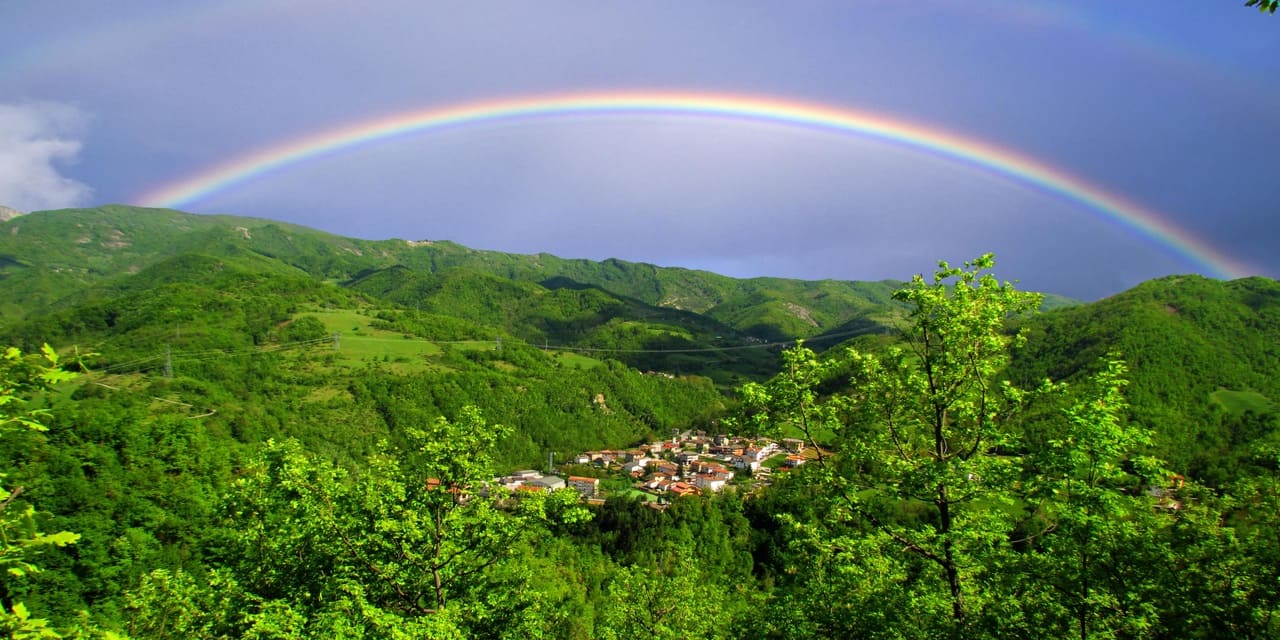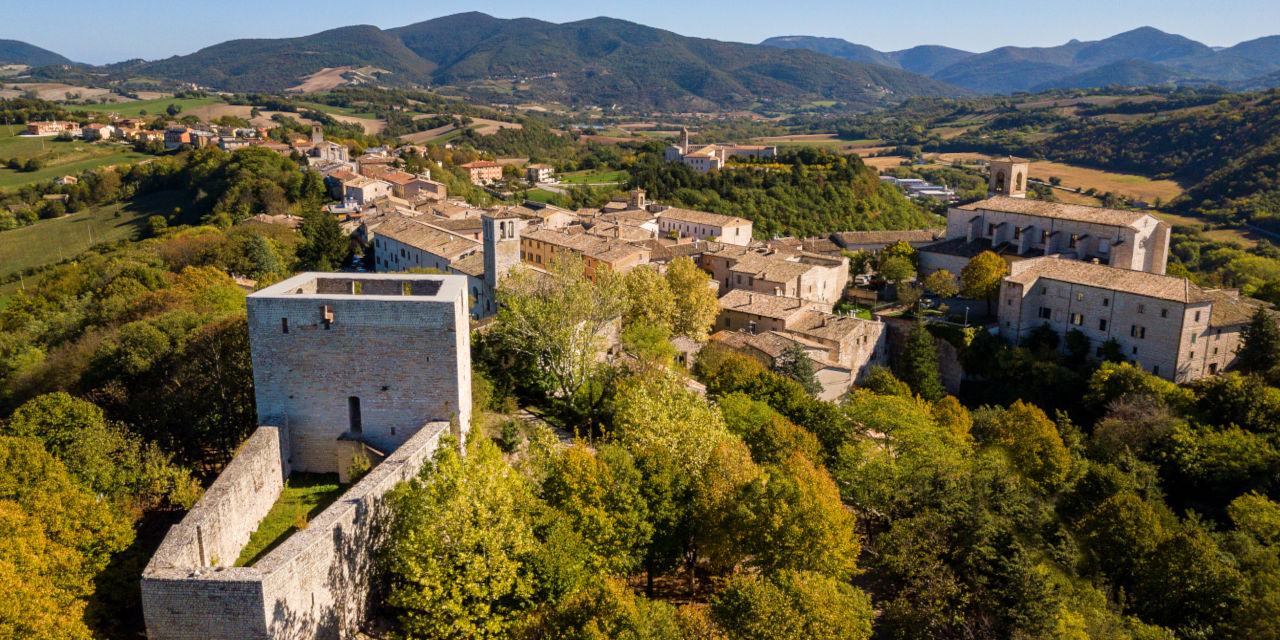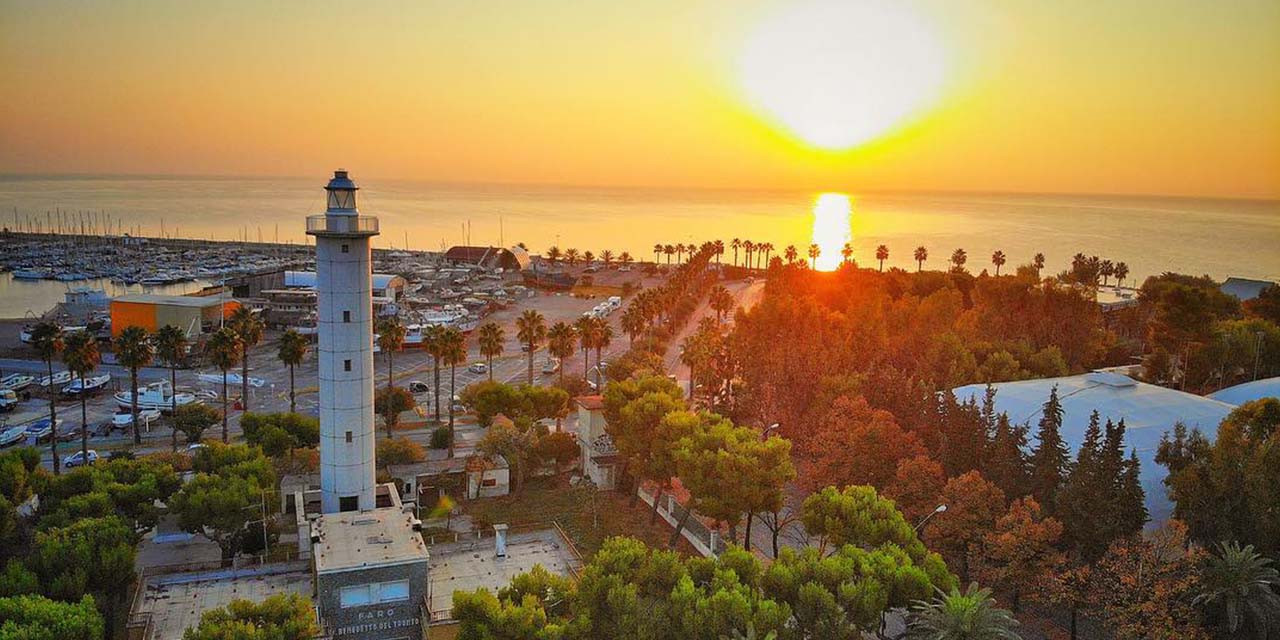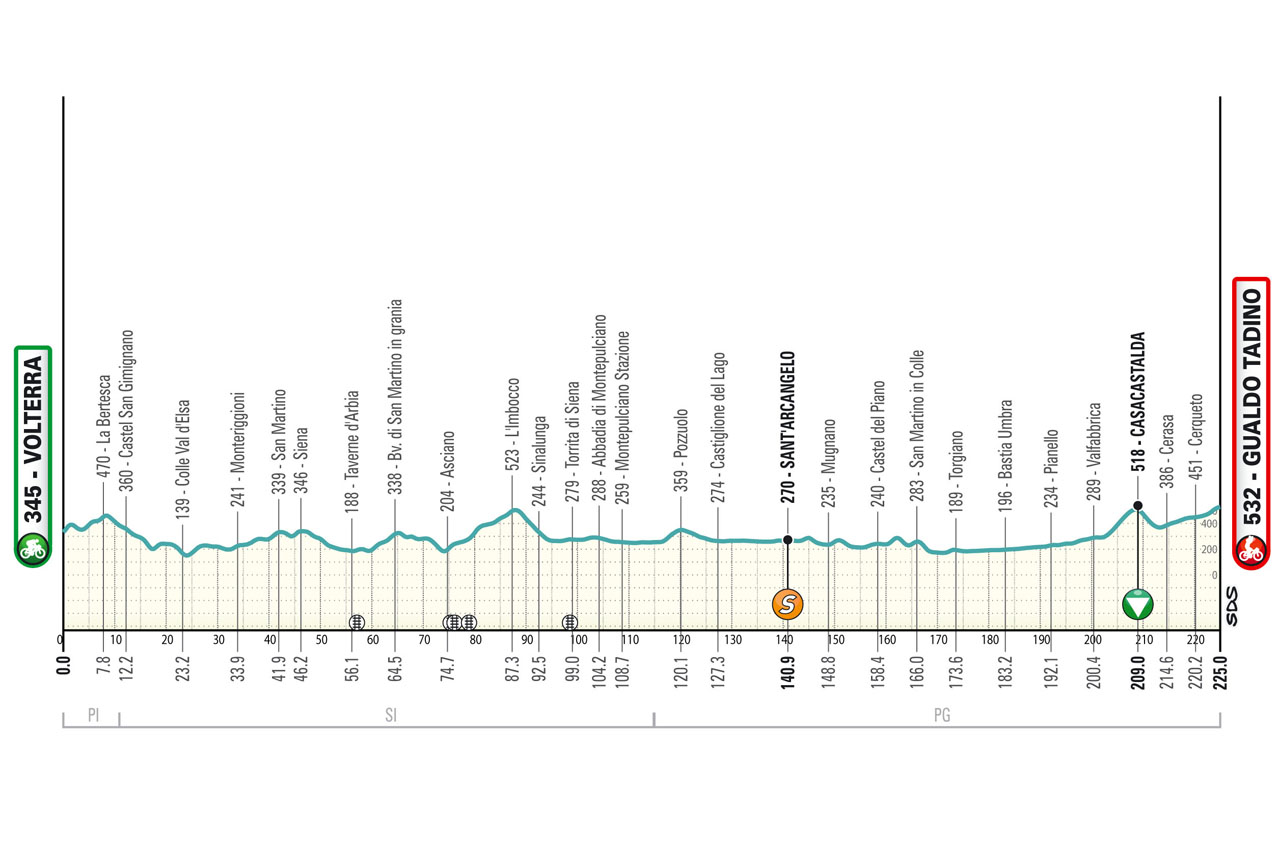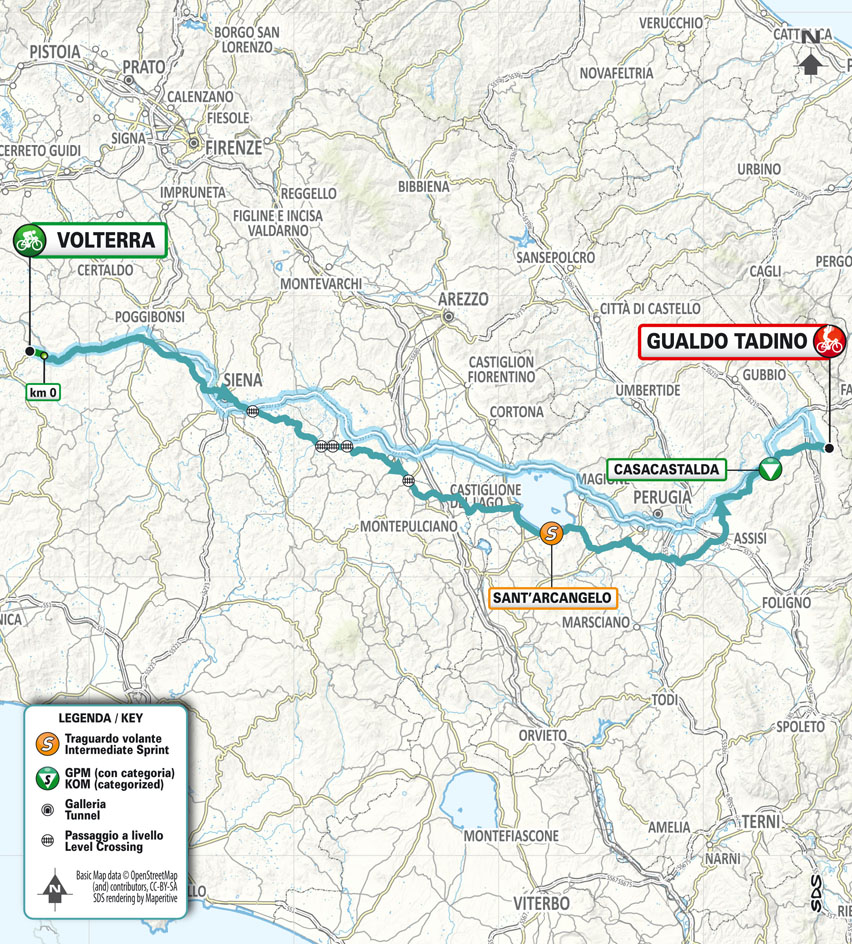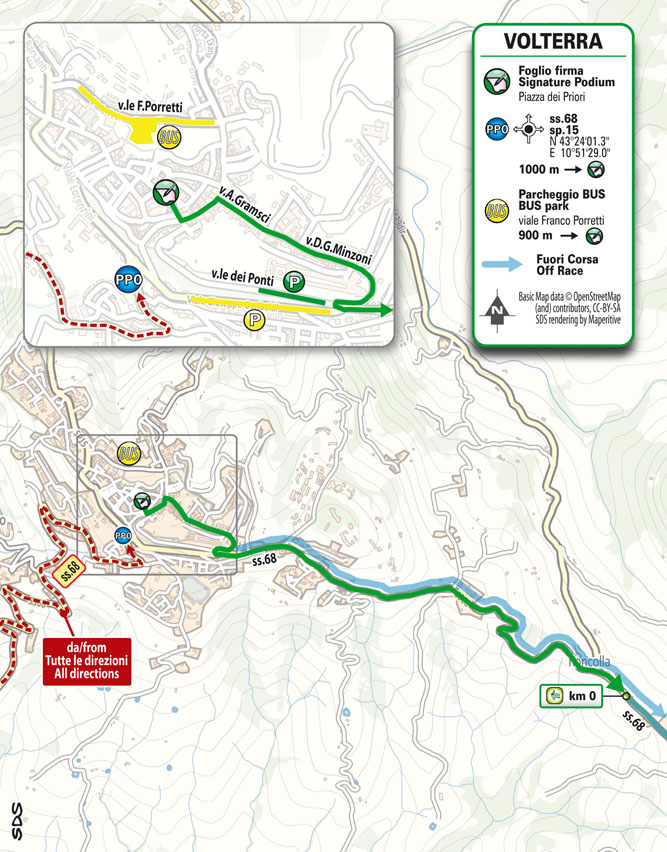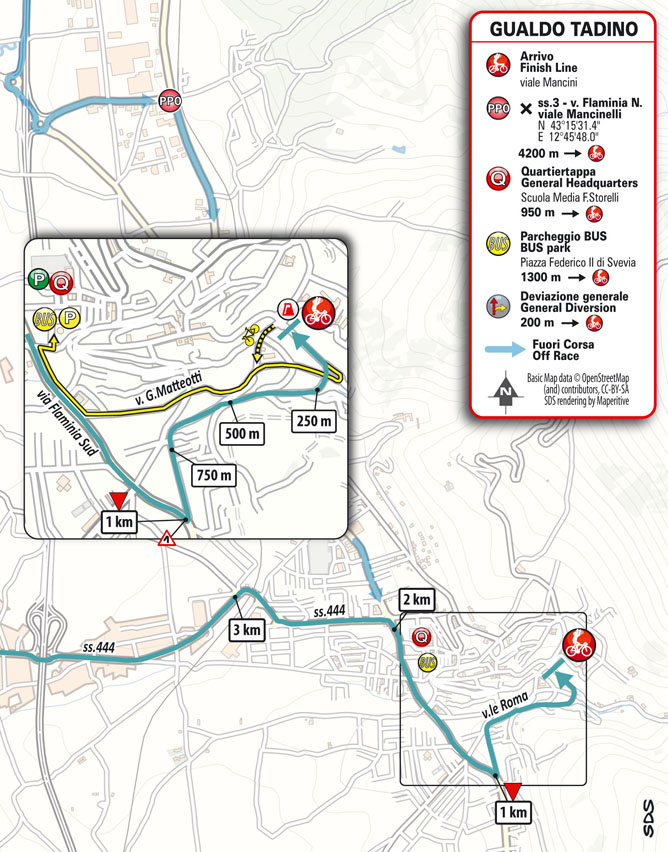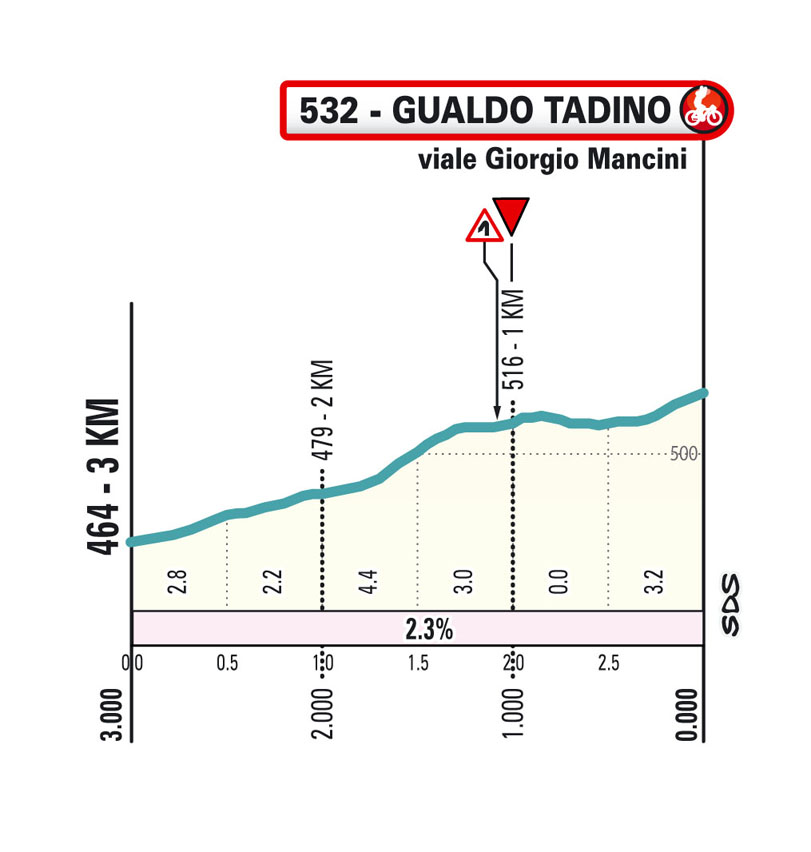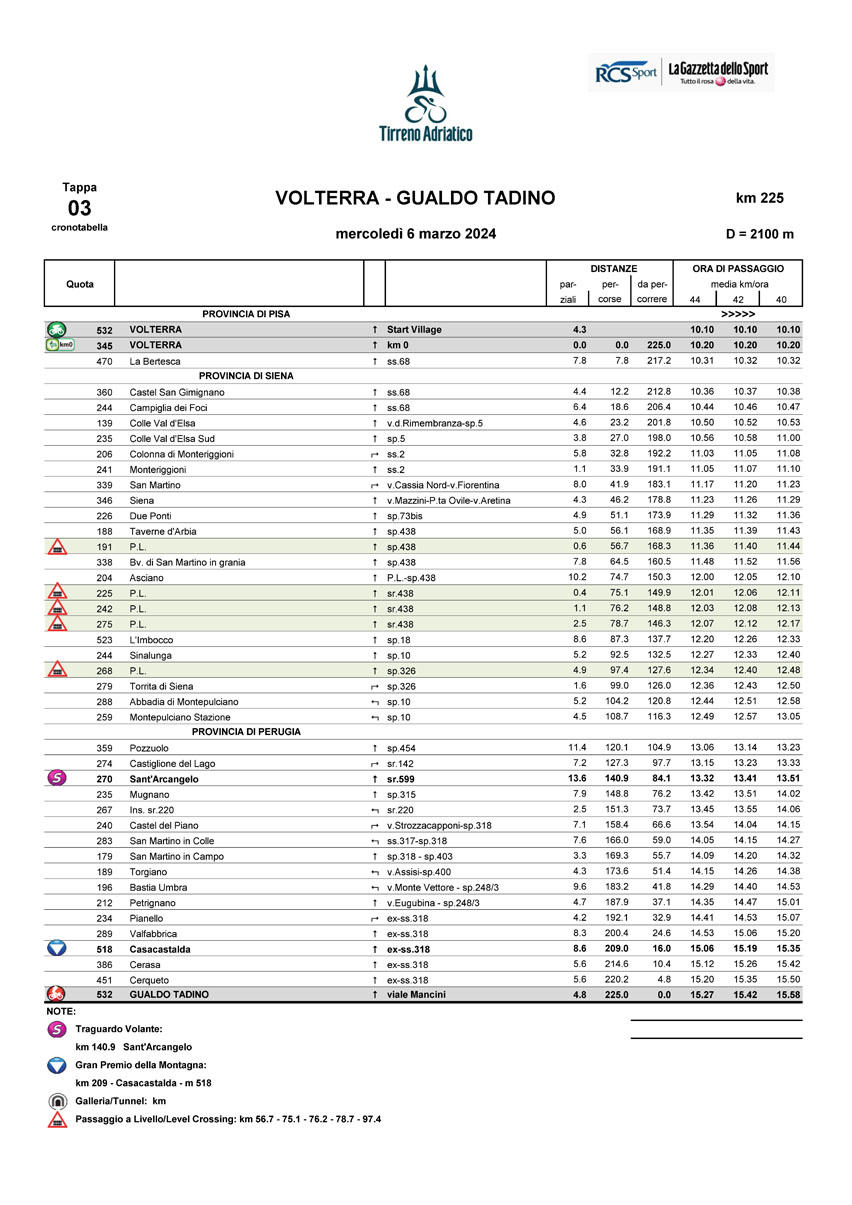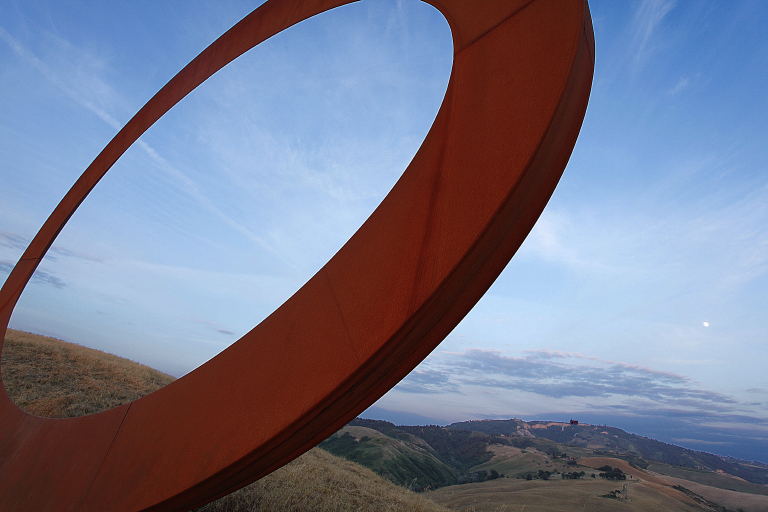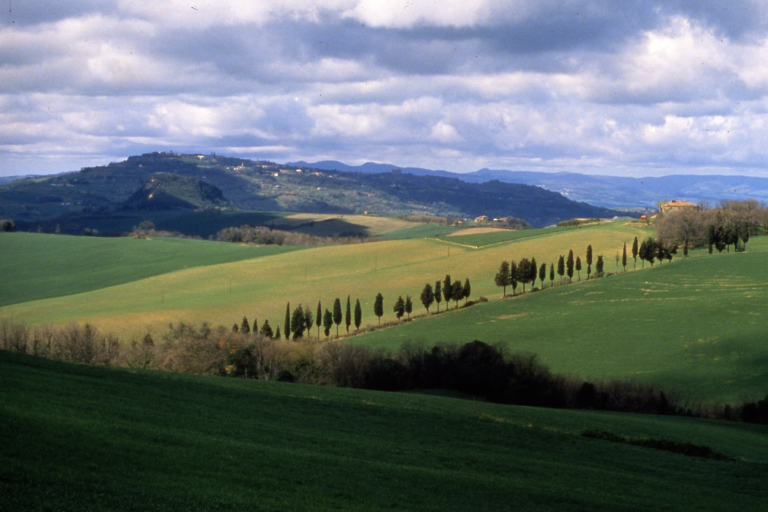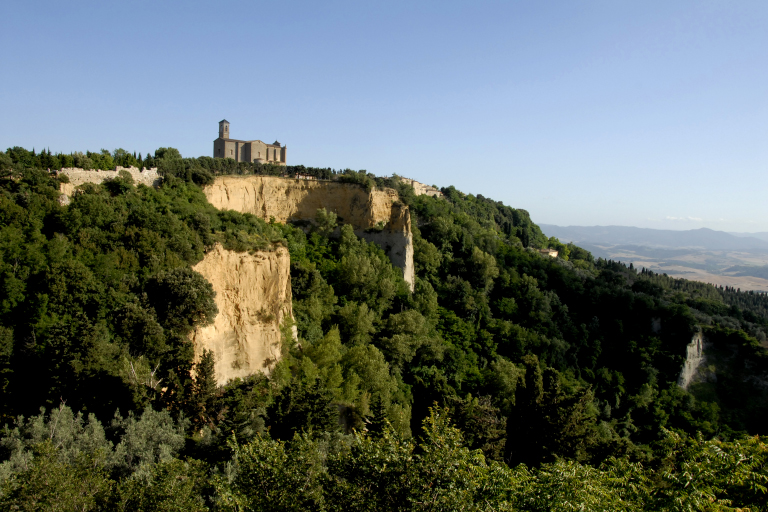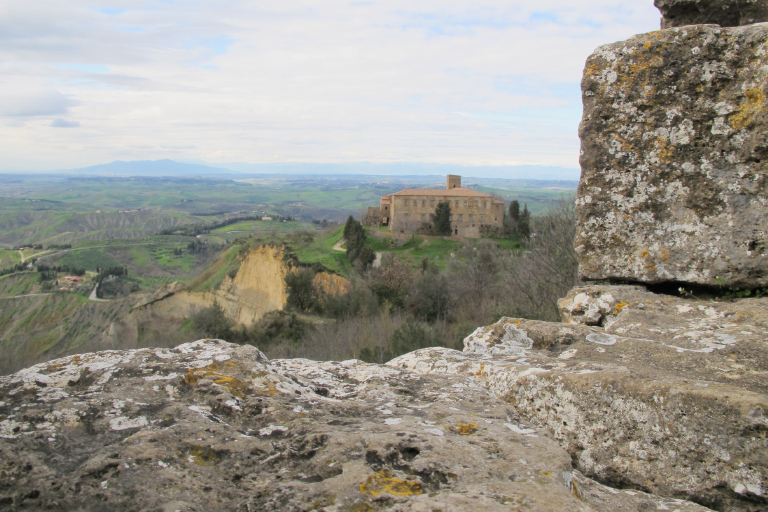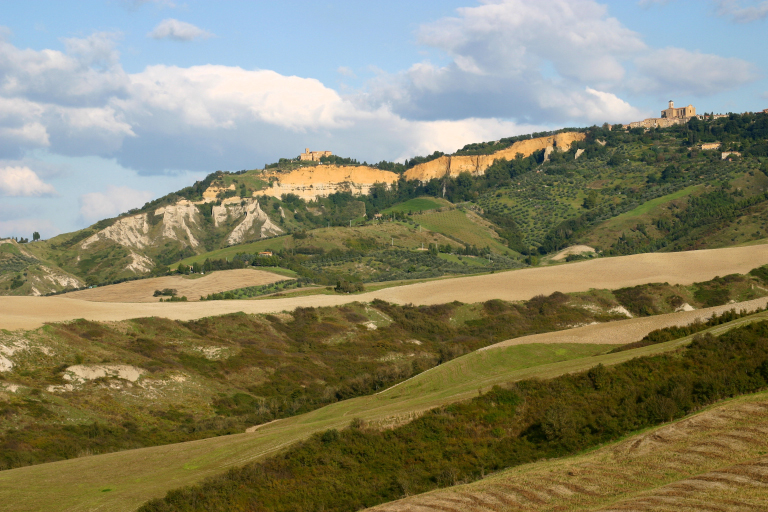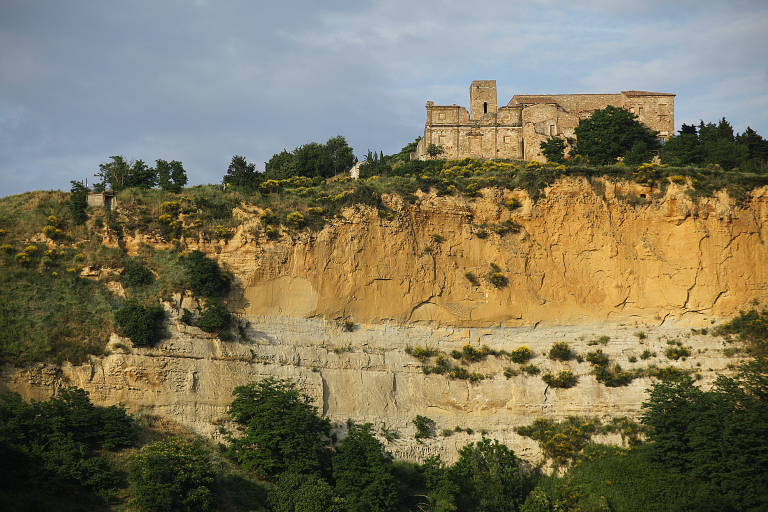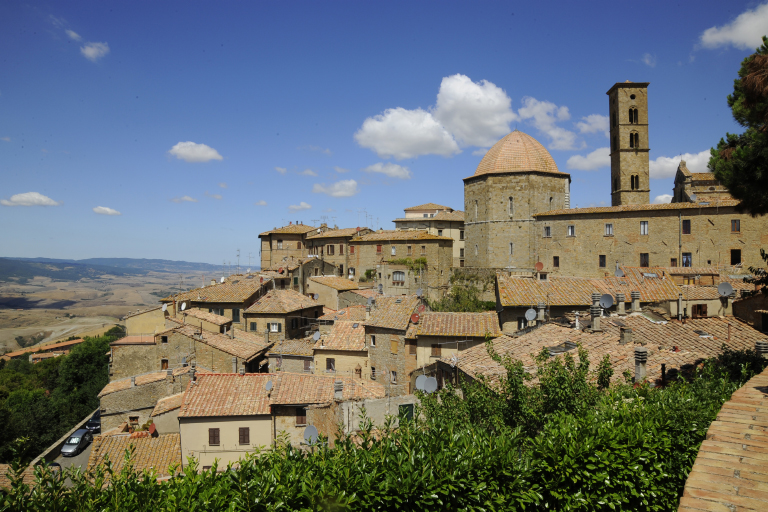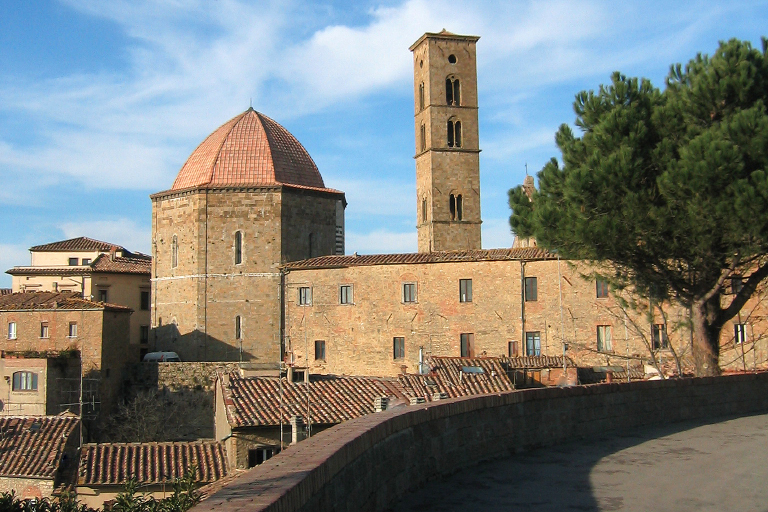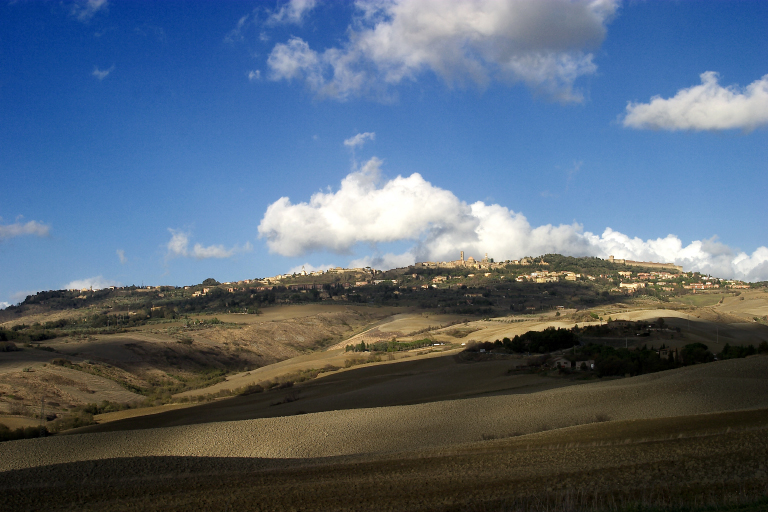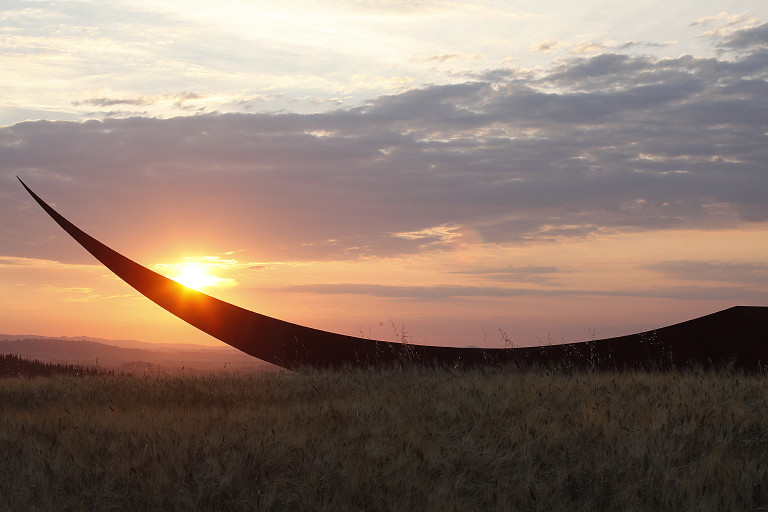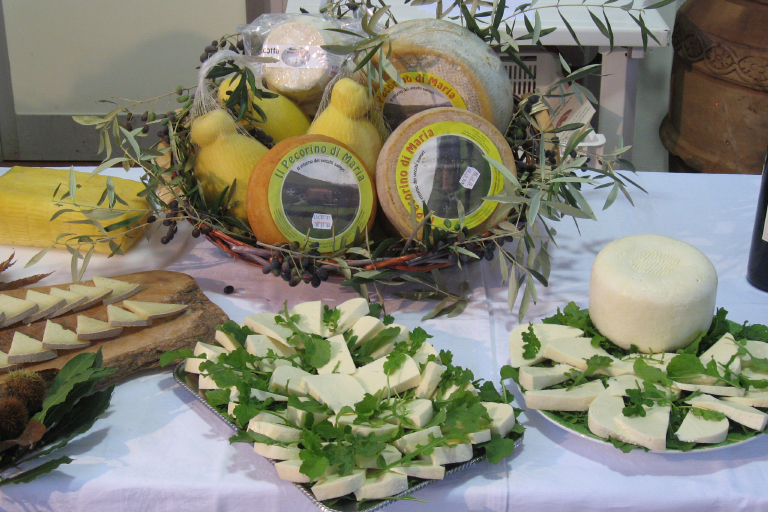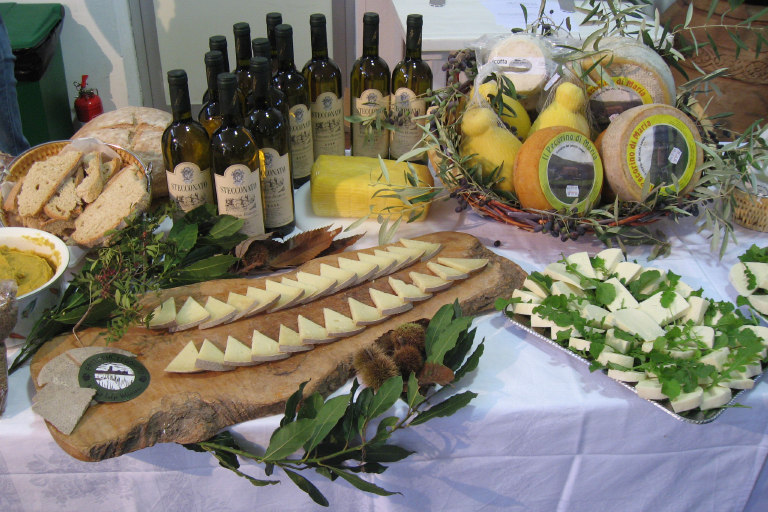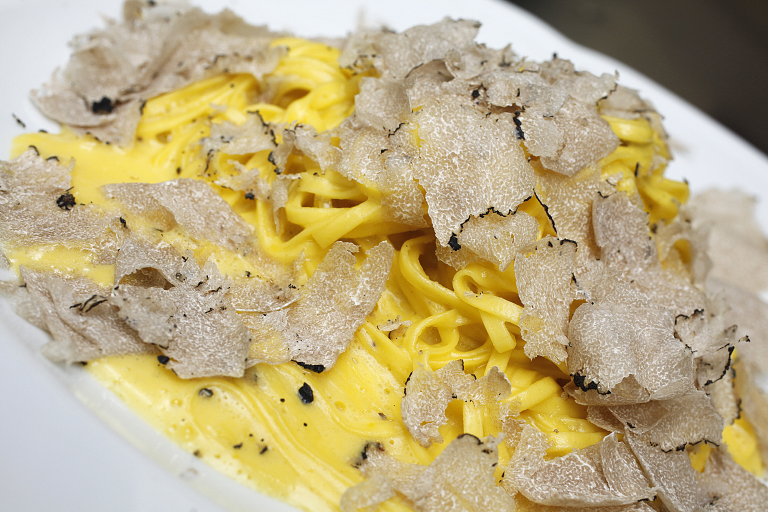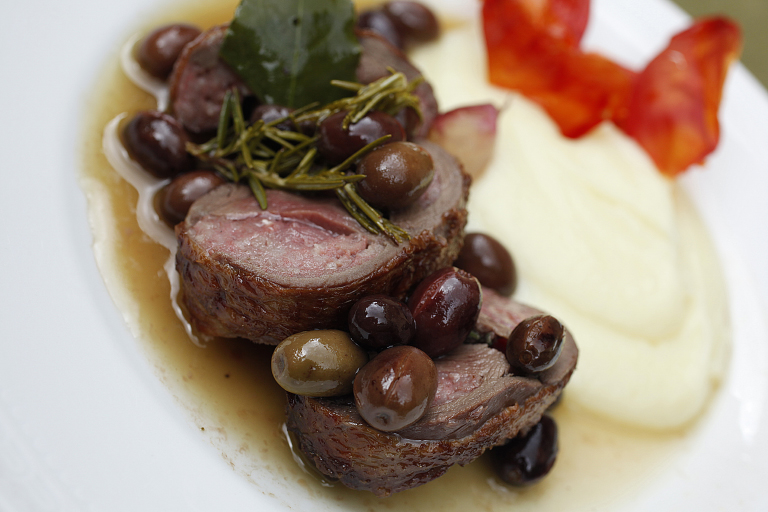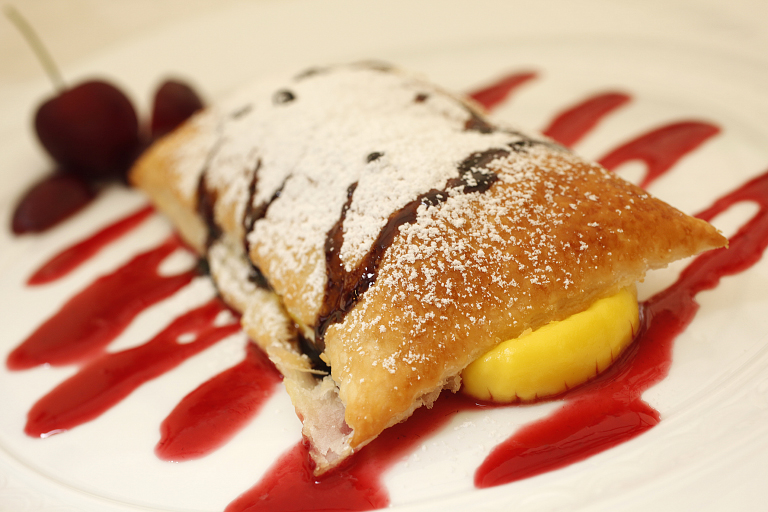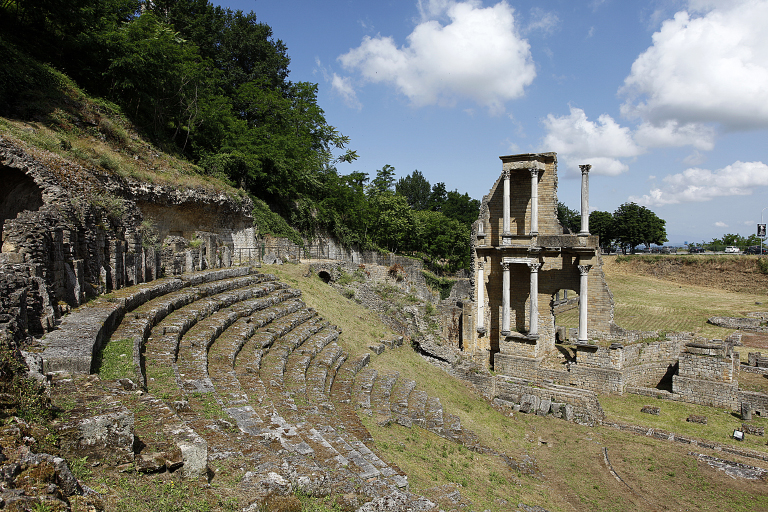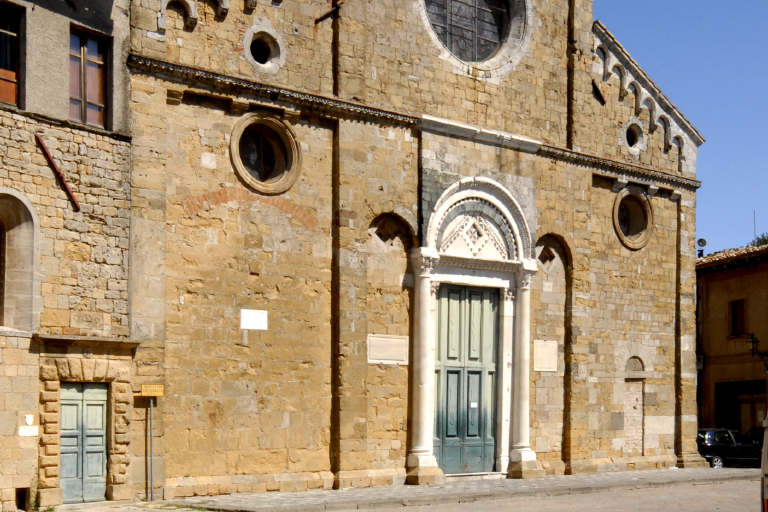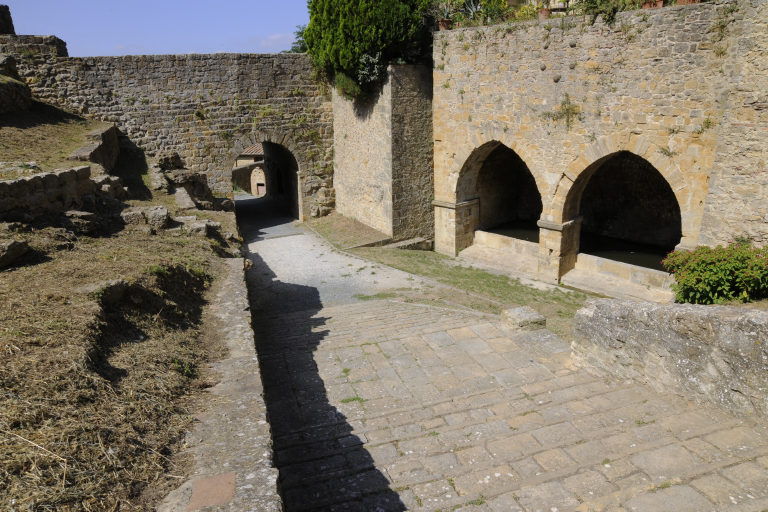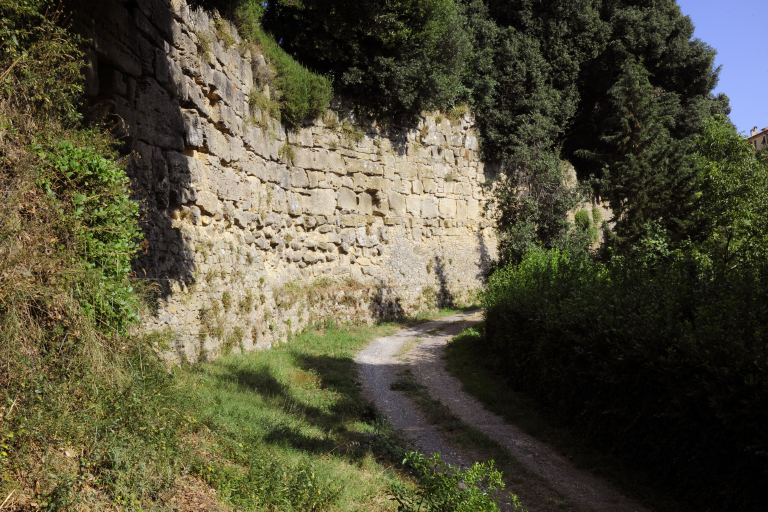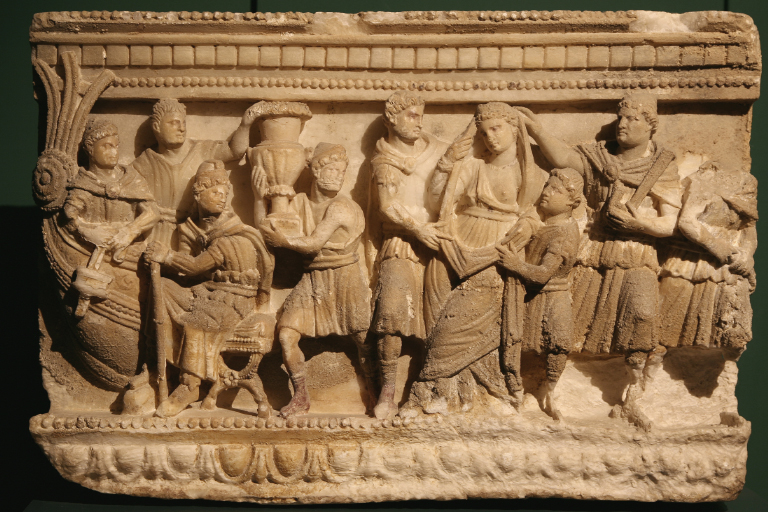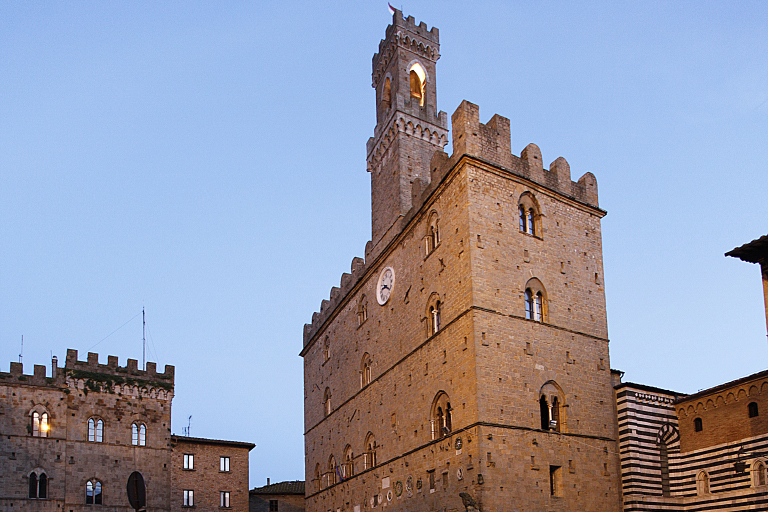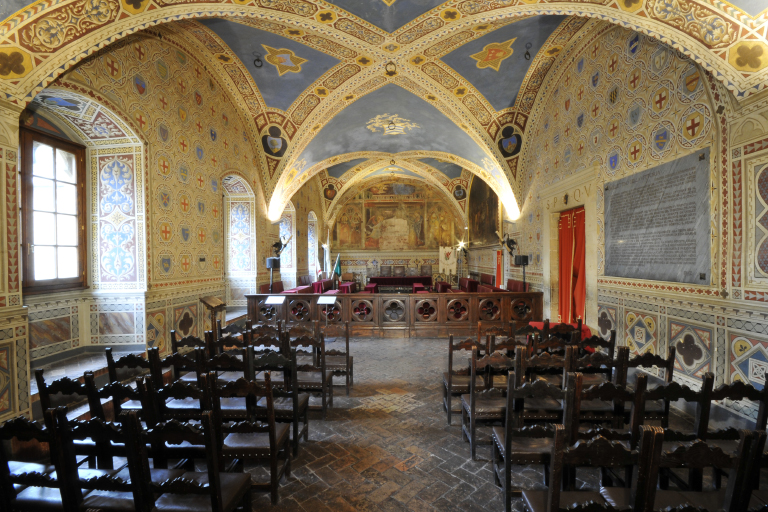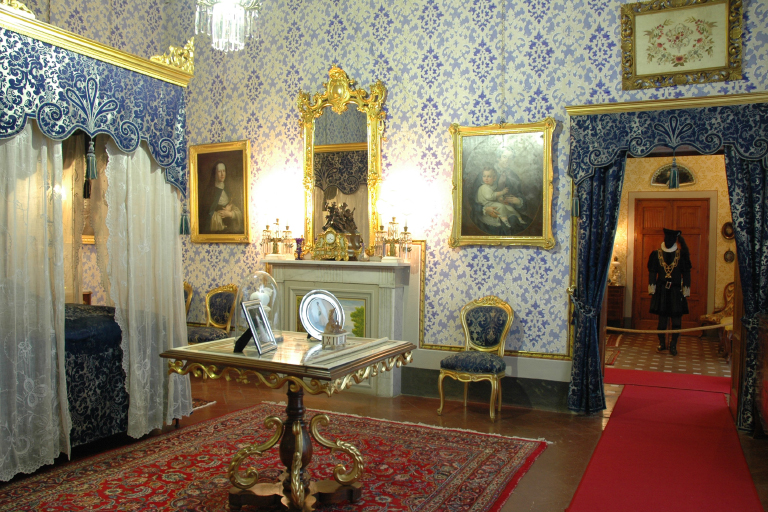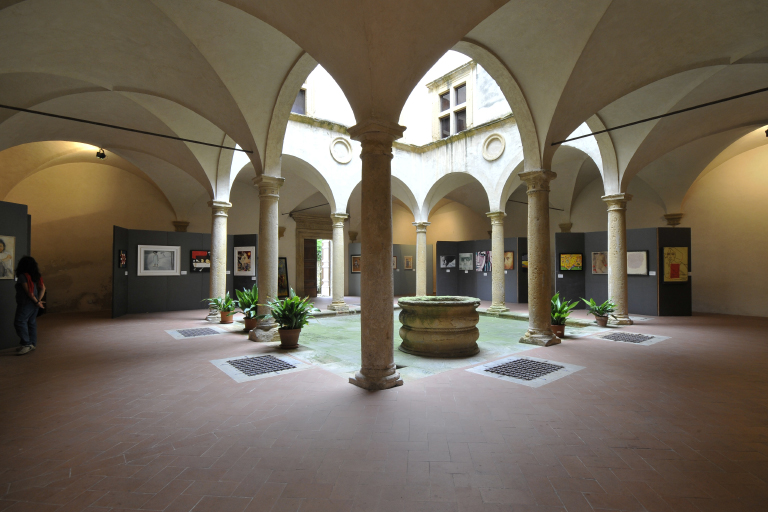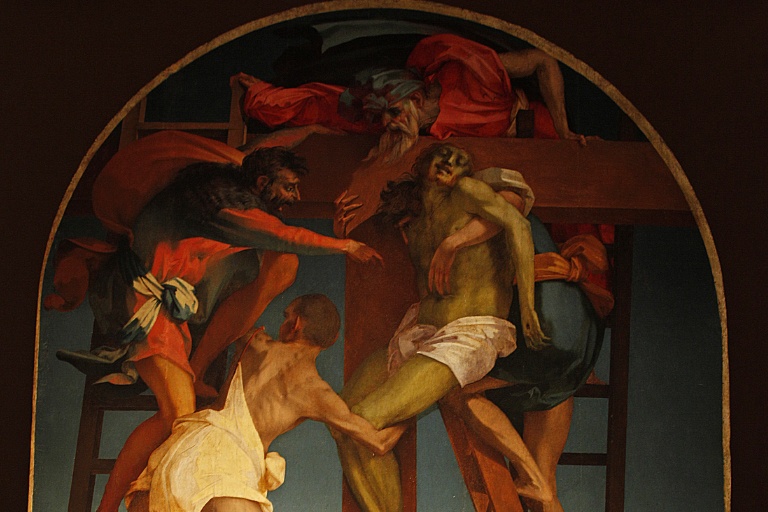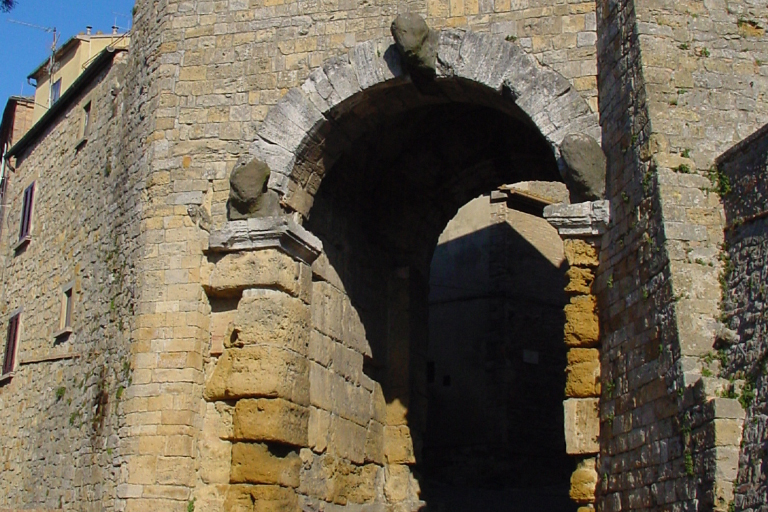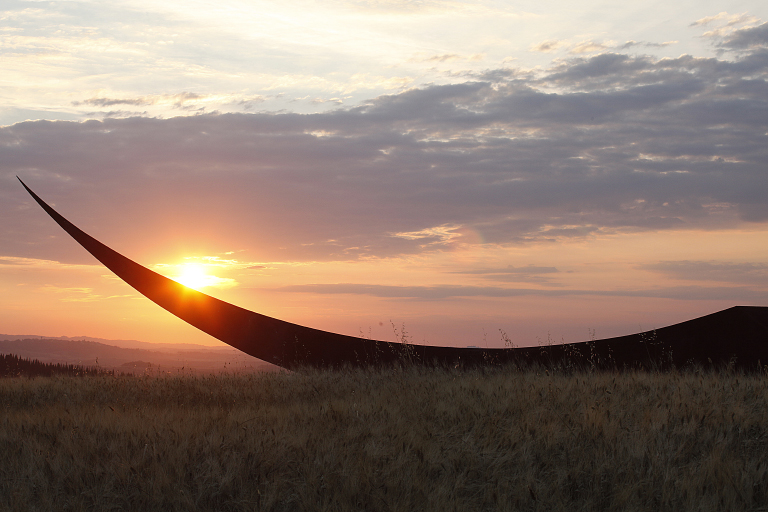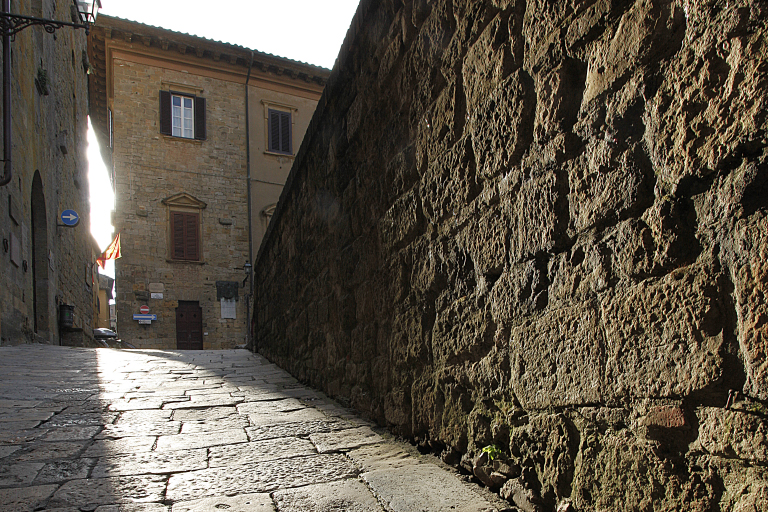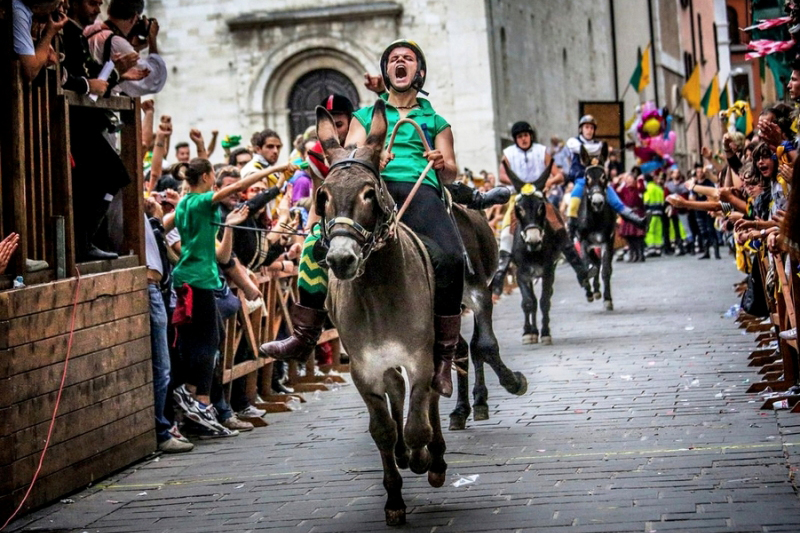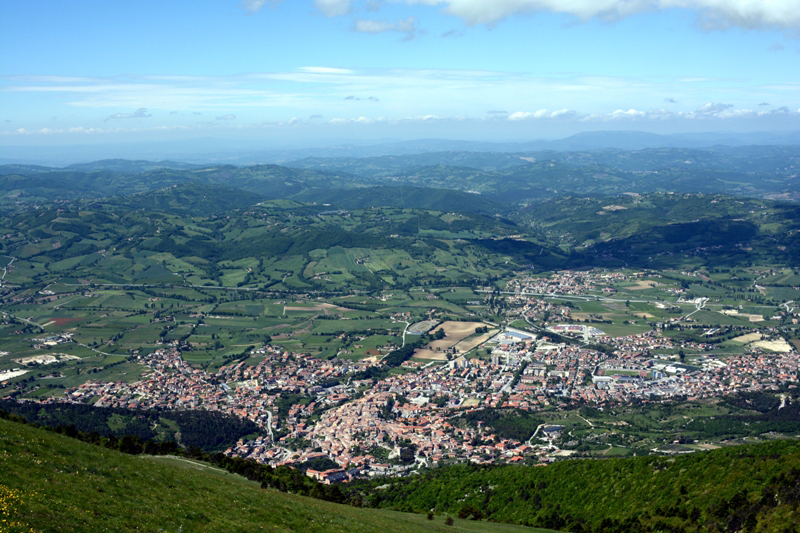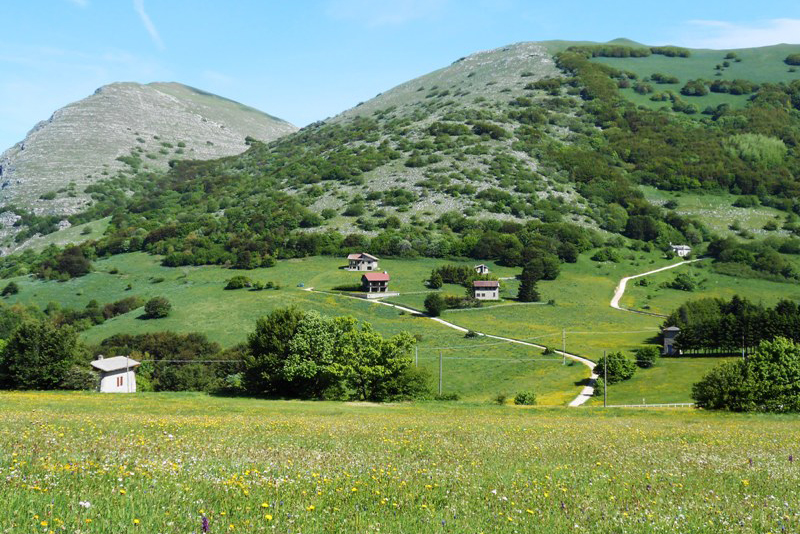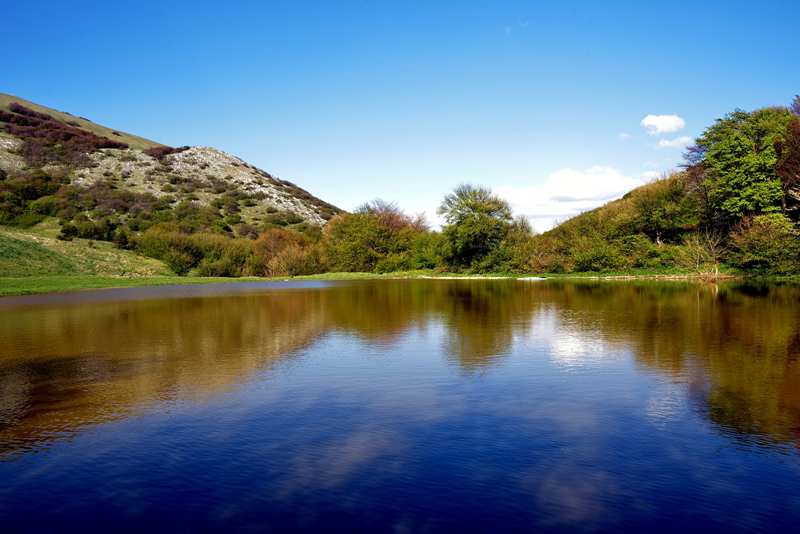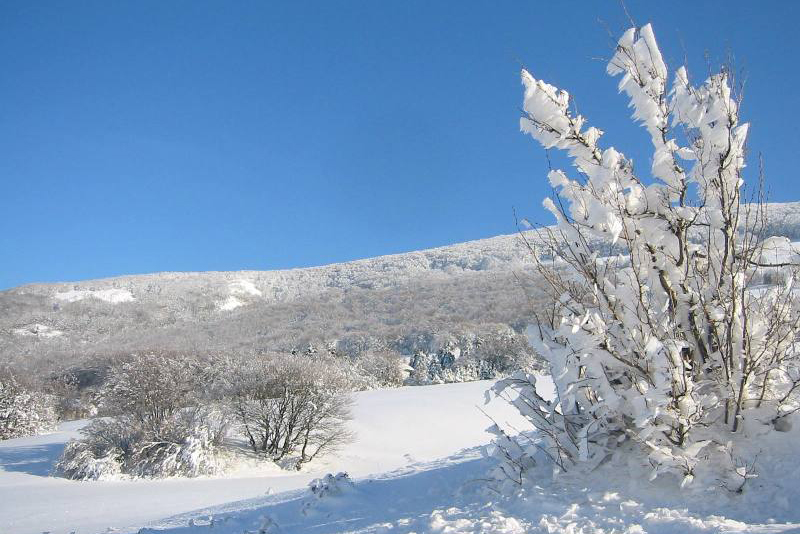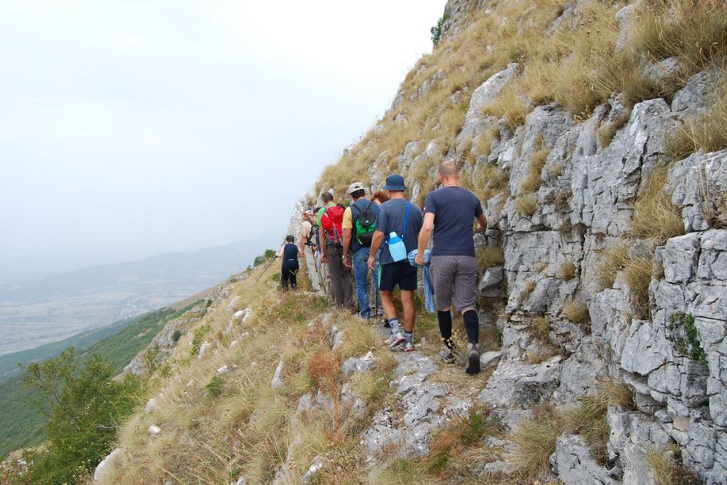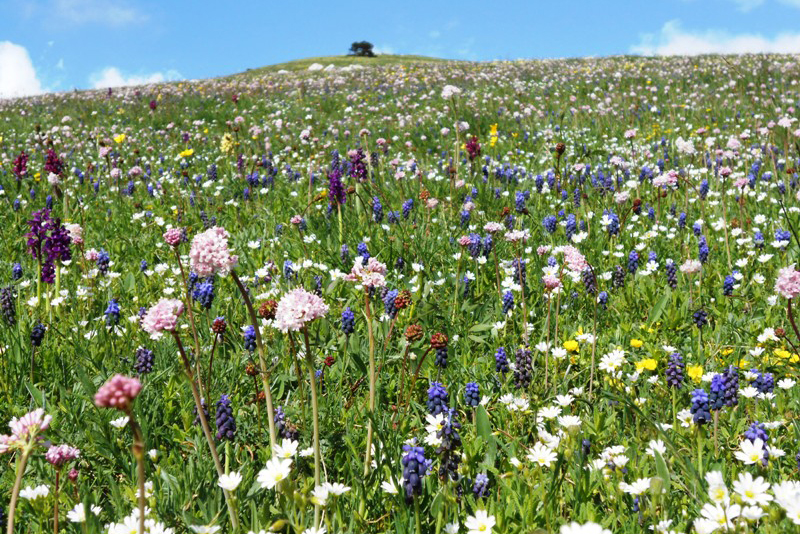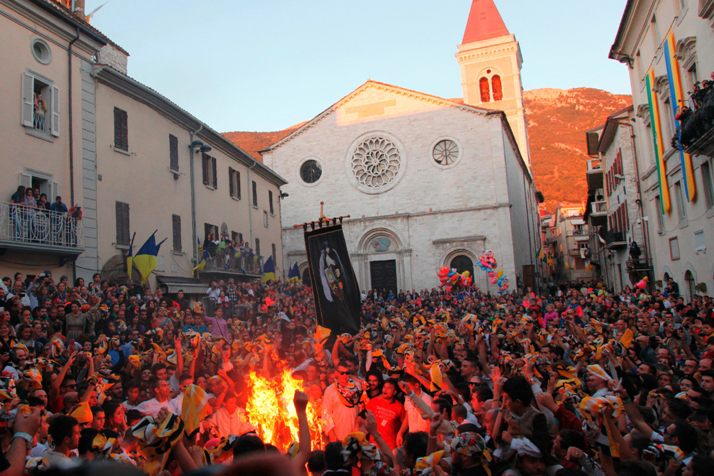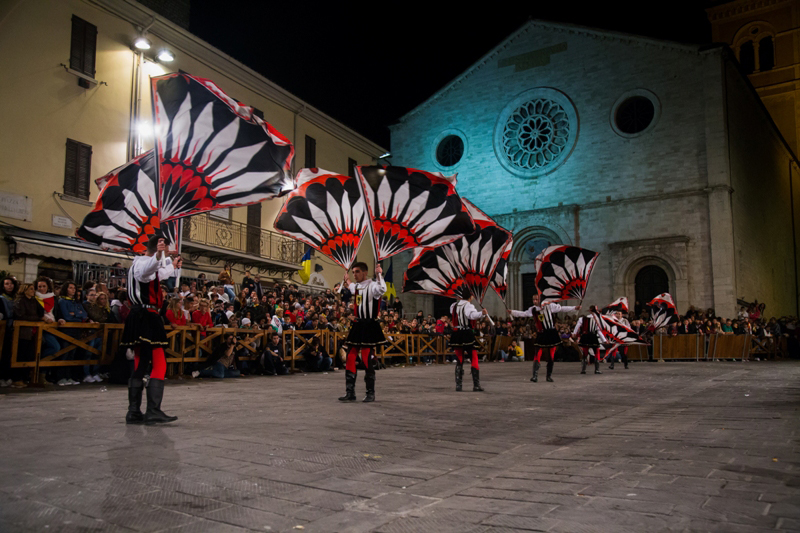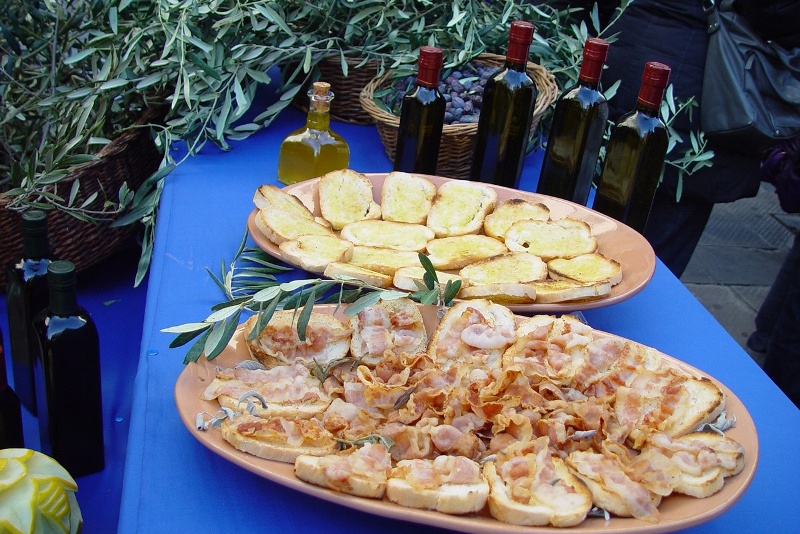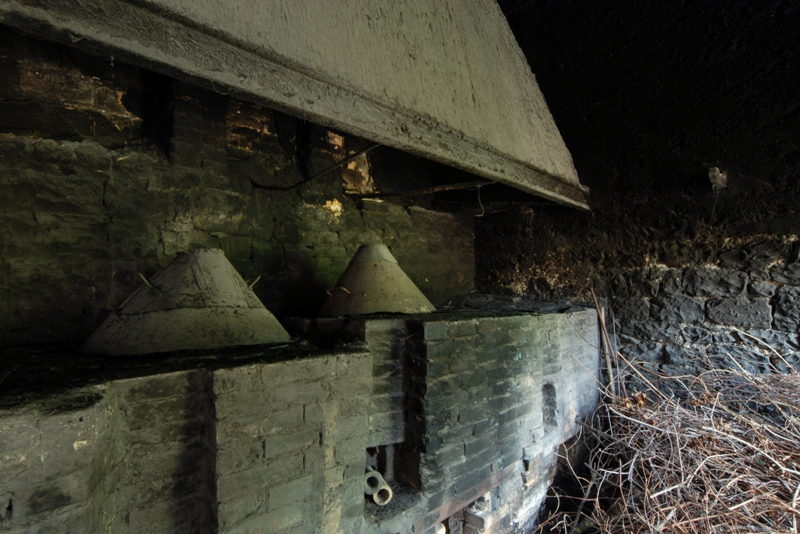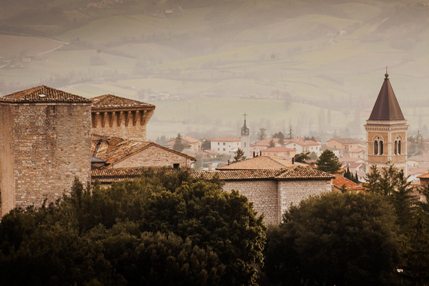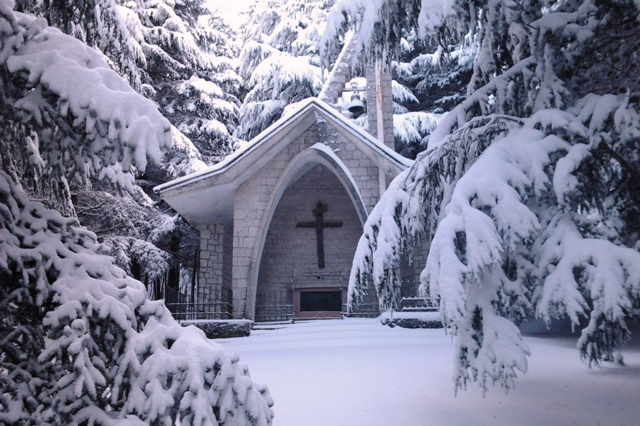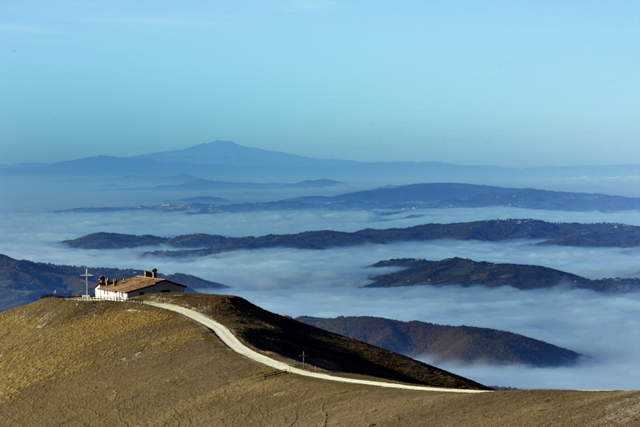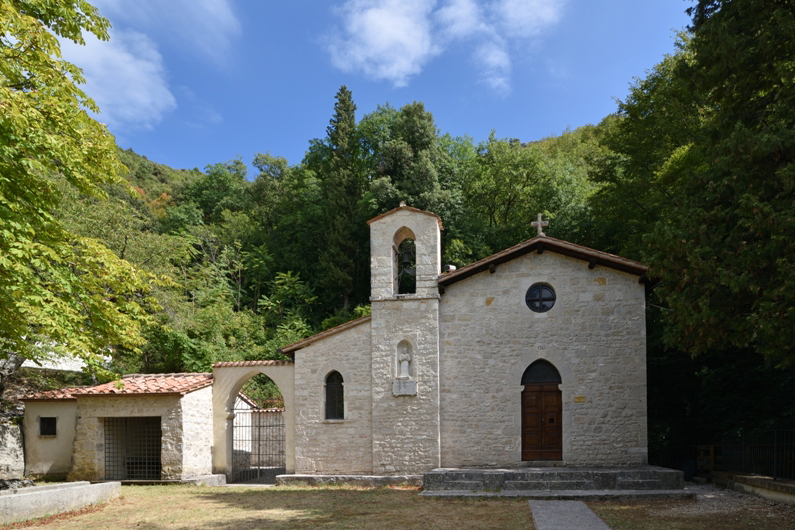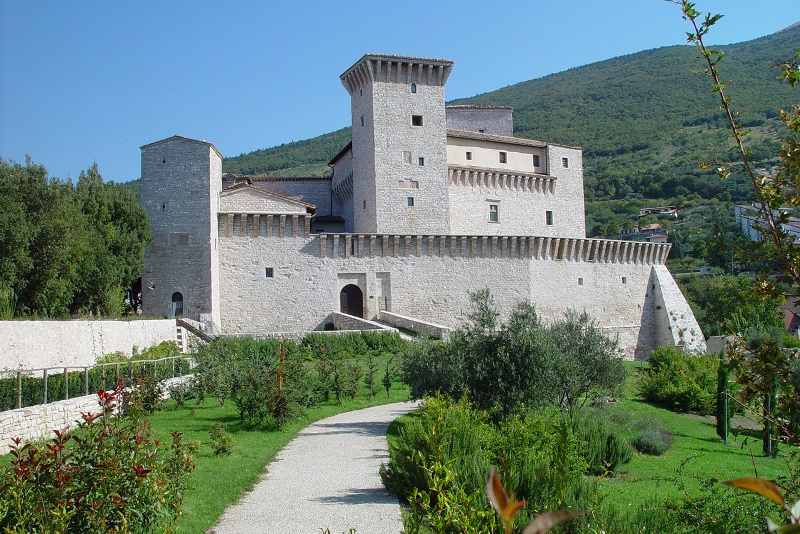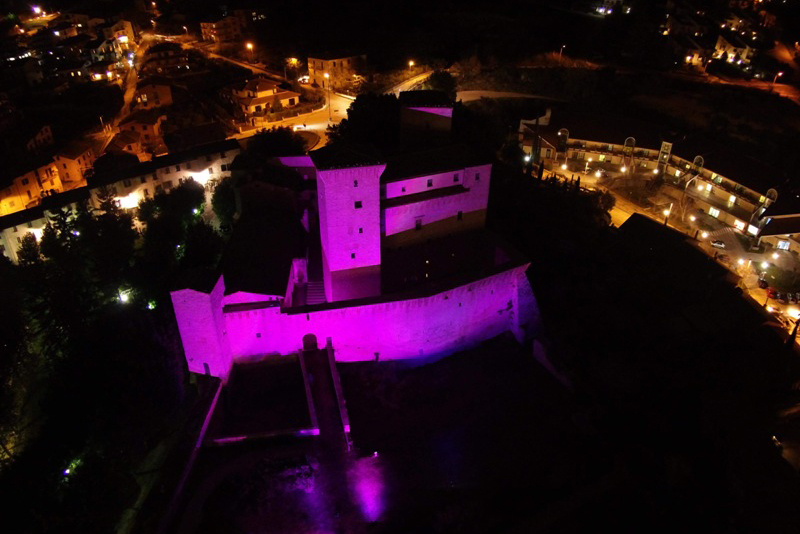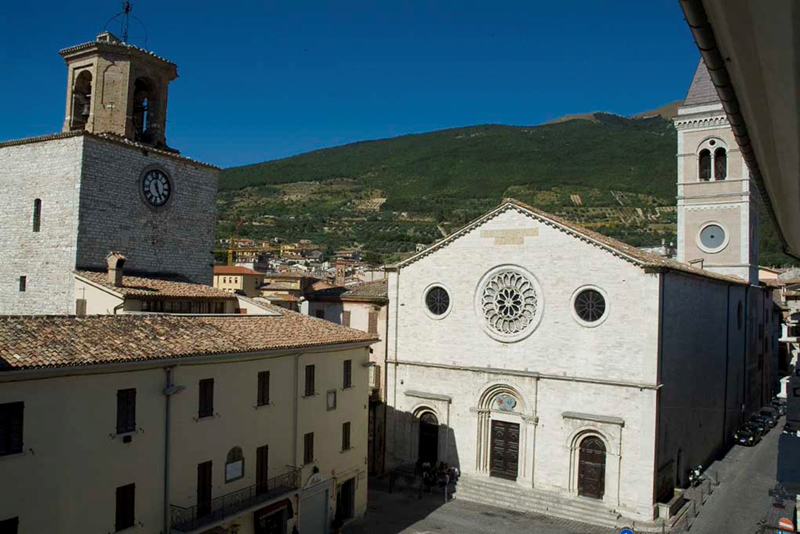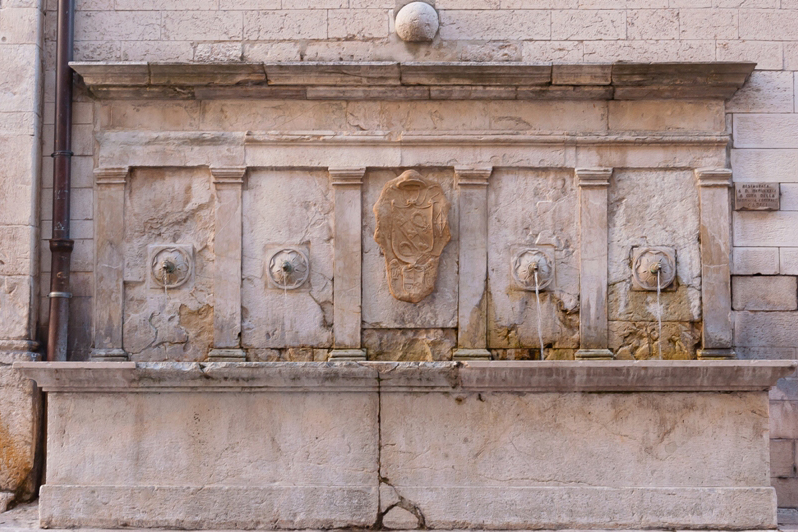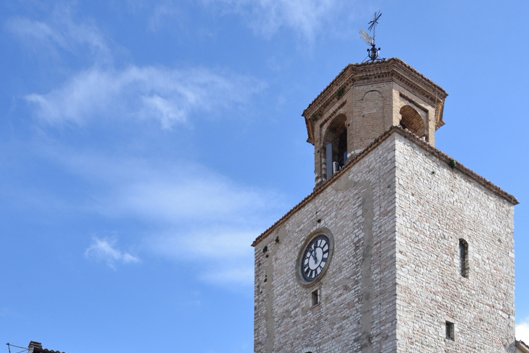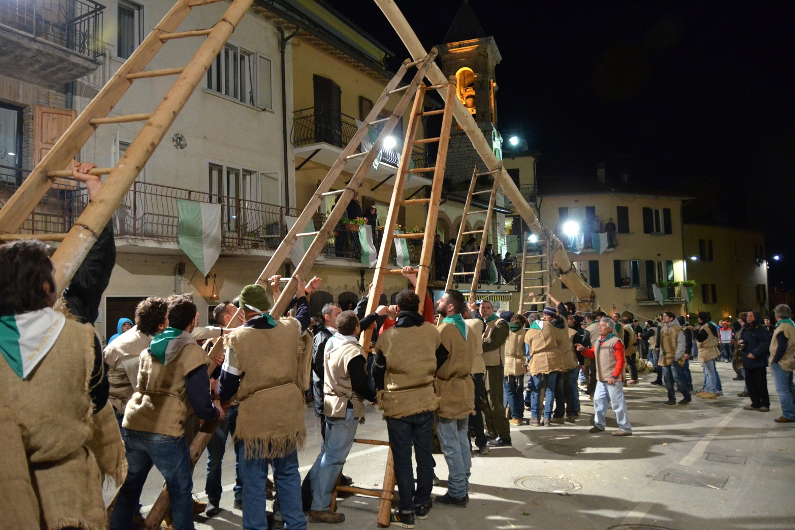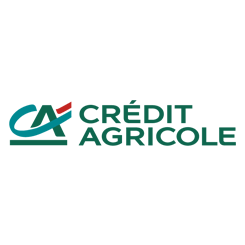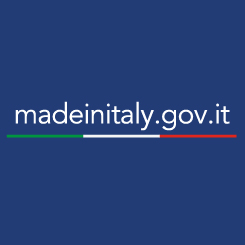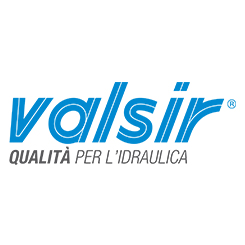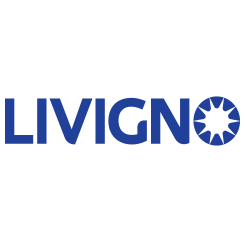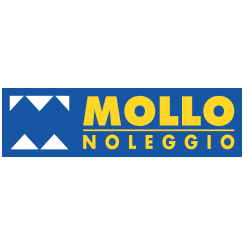learn more
technical info
profile
map
technical info
A very long stage, potentially nervous in the first part as the riders tackle the hills of Siena before crossing the city itself. Of note in the first section are four consecutive level crossings. The gradients soften after Torrita di Siena. The plain of Lake Trasimeno leading to Perugia is characterised by mostly straight but sometimes narrow roads. Then comes the long but not too steep climb of Casacastalda, whose descent leads directly to the finish. A very articulated and demanding road, especially on the descent.
Last km
The last kilometres are undulating and mostly downhill until the very last 1,000 m, where a rather sharp turn is located. The road features wide bends but ends in a nice long straight, slightly uphill with gradients of around 4%. The final straight is an 8 m wide roadway.
start / finish
final kilometres
itinerary timetable
tourist info
Host city:
Volterra
Overview
Volterra is located on a hilltop overlooking the region of Valdicecina. The city is surrounded by one of the most beautiful landscapes in Tuscany, composed of cultivated fields, forests, castles and farms spread over gentle hillsides, alternating with gullies where the soil is richer in clay.
Founded by the Etruscans, it soon became one of the most powerful cities in ancient Etruria. From its position over all these centuries, it has controlled a region rich in natural and mineral resources and even today, numerous monuments and testimonies of its thousand-year history are preserved there. Don’t miss the impressive natural monument of the Balze.
Food
The Volterra diet is based on typical Tuscan cuisine, but many recipes have local variations, and there are also products that can only be found here. The typical Volterra dish par excellence is Zuppa alla Volterrana, a thick soup whose main ingredients are Tuscan kale, Savoy cabbage, Swiss chard and beans. Slices of Tuscan bread are dipped into it and, according to tradition, it is served with a slice of raw onion.
Another typical dish of Volterra cuisine is Trippa alla Volterrana, the meat is boiled and then cooked for a long time in tomato sauce with a mixture of chopped herbs and sausages, and finally served with grated parmesan cheese on top; it was a simple dish that was eaten on holidays by the alabaster craftsmen.
Other typical dishes include Cinghiale in salmì, Pappardelle with hare or wild boar sauce, fagioli all’uccelletta and rabbit ‘alla cacciatora’. In addition to these, in the right seasons, you can enjoy dishes with mushrooms or truffles. The desserts are part of the Tuscan tradition, but the typical ones are the Ossi di Morto, biscuits made with almonds.
The quality of the dishes is also boosted by the local products, among which the pecorino cheeses, with the “Pecorino delle Balze Volterrane” PDO and the Tuscan PGI olive oil, produced in the various dairies and oil mills scattered throughout the Volterra area, are excellent examples; meanwhile, the white truffle, which is the king of the table, is gathered in the woods around the city and belongs to the San Miniato white truffle category.
In addition to these, cured meats, vegetables and excellent products from the various farms scattered around the countryside can also be tasted.
Wines and Beverage
Like much of Tuscany, Volterra is also a centre of wine production. The various wineries in the area produce white and red wines from the vineyards scattered across the hills around the city or in the rest of the Val di Cecina.
Most of the wines fall under the two denominations of Toscana IGT or Montecastelli IGT. The most widely-used grape varieties are those found in Tuscany, such as Sangiovese, Merlot, Syrah, and Vermentino, but also more local ones such as Colorino or Ciliegiolo.
Points of Interest
The town, founded by the Etruscans around the seventh century BC, has always been inhabited and preserves documents from all eras: Etruscan, Roman, medieval and modern.
The first nucleus of Volterra was built around the Acropolis, where nowadays the archaeological area open to the public illustrates the oldest moments of the city. The rest of the town was then built around it. In the 5th century, the town was surrounded by walls whose extensive remains include the Porta all’Arco (“Gate to the Arch”). Outside the walls, there were necropolises, which housed the tombs of the most important Etruscan families.
The Roman era is documented by various monuments, the main one being the Roman Theatre at Vallebuona, which had the capacity to seat thousands of spectators. Besides the theatre, there are the remains of two Roman thermal buildings and some cisterns. The building that arouses the most interest, however, is the Amphitheatre, which was discovered only a few years ago, and is still under excavation.
However, the appearance of the city today is medieval, with tower houses, churches, and palaces dating back to that time, when the city was one of the most important ones in Tuscany.
Those who come to Volterra can admire the Cathedral of Santa Maria Assunta (founded in the 9th century), with the beautiful thirteenth-century Baptistery in front. The heart of the city is Piazza dei Priori, dominated by the town hall, Palazzo dei Priori (13th century) and surrounded by medieval buildings, including the ancient Torre del Porcellino (“Tower of the Little Pig”). In the historical centre, visitors can also admire the churches of San Michele, San Francesco and San Lino, the Torri Toscano or Buonparenti houses, the Maffei or Guidi palaces, and the beautiful monumental fountains of Docciola and San Felice. From the top of the 13th-century walls that still surround Volterra today, you can admire the landscape with a view that extends down to the sea.
The most important museum is the Etruscan Museum “Mario Guarnacci”, one of the main Etruscan museums in Italy, where in addition to the large collection of urns (the only one of its kind), the famous bronze statuette of the Ombra della Sera (“Shadow of the evening”), the lid of the Urna degli Sposi (“Urn of the Spouses”) and hundreds of other ancient artefacts can be admired.
An important collection of paintings from the 13th to the 16th century is exhibited in the Pinacoteca. Another beautiful artistic exhibition of medieval works is the one preserved in the Diocesan Museum of Sacred Art set up inside the Church of Sant’Agostino.
The Alabaster Ecomuseum illustrates the history of the working of this stone, which for centuries was the city’s main craft product. Those who prefer to admire works of contemporary art can visit the Santa Maria Maddalena Exhibition Centre, with its collections of works by Volterra artists and temporary exhibitions.
The proximity of the museums and their affinity make Volterra an ideal place to create a cultural itinerary in a tranquil, walkable atmosphere.
Gualdo Tadino
Overview
The city of Gualdo Tadino lies on the slopes of the Umbria-Marche Apennines, in an enchanting beautiful location. A reality rich in history, art, folklore an traditions closely connected to a pristine, lush and natural environment. The city has about 15.000 inhabitants and is immersed in an area where the abundance of water, the healthy air and the wealth of flora and fauna are harmoniously accompained in various landscapes. The Apennine chain dominates the city with Mount Penna, who reaches 1.432 meters in height and overlooks on the mountains of Serrasanta, Maggio and Nero. The places of greatest landscape value are the area of the Pinewood of San Guido, “Chestnut wood” and Valsorda, appreciated for the fascinating panoramic views and paths to discover. In these places the tourist, in close contact with nature, can play sport, enjoy quiet and great food.
Food
Gualdo Tadino is a city that also has food and wine traditions.
The mountains, descending towards the valley, slope down into gentle hills embellished by olive groves, including the autochthonous cultivar of Rigali, from which the precious “extra virgin olive oil” is born.
The specialties related to butchery and typical local products such as truffles, mushrooms, wild asparagus and chestnuts are excellent.
Wines and Beverage
Gualdo Tadino is famous all in the world also for its water. The environment is in fact still uncontaminated and full of water sources, the best known of which is that of the Rocchetta.
The beer produced in the city is also very popular.
Points of interest
Gualdo Tadino has origins linked to the people of the Ancient Umbrians. Their primitive settlement dating back to the 13th century has been found on Colle I Mori. B.C.
In Roman times the population moved along the Flaminia consular road, giving life to the Roman municipality of Tadinum.
In 552, the Gualdese territory was the scene of the battle of Tagina, in which Totila, king of the Goths, lost his life against Narses, commander of the Byzantine army.
The current city, which stands on the hill of San Michele Arcangelo, was fortified in 1242 by Emperor Frederick II of Swabia who also built the Rocca Flea.
The building is today a museum and houses the “Civic picture gallery” with important works by Umbrian and Marches Renaissance masters and it includes a section dedicated to the great local ceramic art. Gualdo Tadino is “the city of Ceramics” indeed known for its special production of majolica which has its roots in ancient times and which is distinguished by the iridescent colors of gold and ruby, obtained through the famous “lustro” and “riverbero” technique. In the middle of the town square are the Cathedral of San Benedetto, the Church of San Francesco, in which exhibitions and cultural events take place, the “Casa Cajani” museum which houses the Ceramic Museum and the Ancient Umbrians Museum, the “Palazzo del Podestà” and the Civic Tower, seat of the Regional Museum of Emigration. The museum itinerary allows to retrace the millennial history of the city which hides, between the paths of its mountais and the alleys of the historical center, small jewels to discover and admire.
In 1833, Pope Gregory XVI granted Gualdo Tadino the title of City.
Artistic and landscape beauties combine folkloristic and gastronomic traditions. In the mounth of September the city is decorated for three days with the “quattro Porte” flags, symbol of the ancient entrance gates of the medieval walls, a swirl of colors and emotions for the citizens of Gualdo and for the visitors who crowd the main square and the streets of the historic center. The historical procession is the salient event in which more than a thousand people parade through the streets of the city, recreating a slice of medieval life unique in the world. Gualdo Tadino is also very rich city in religious and pagan traditions that are rooted in the mists of time and represent the distintive feature of a hardworking and welcoming community, a real treasure chest of many little treasures to be discovered!
Videos Stage 03
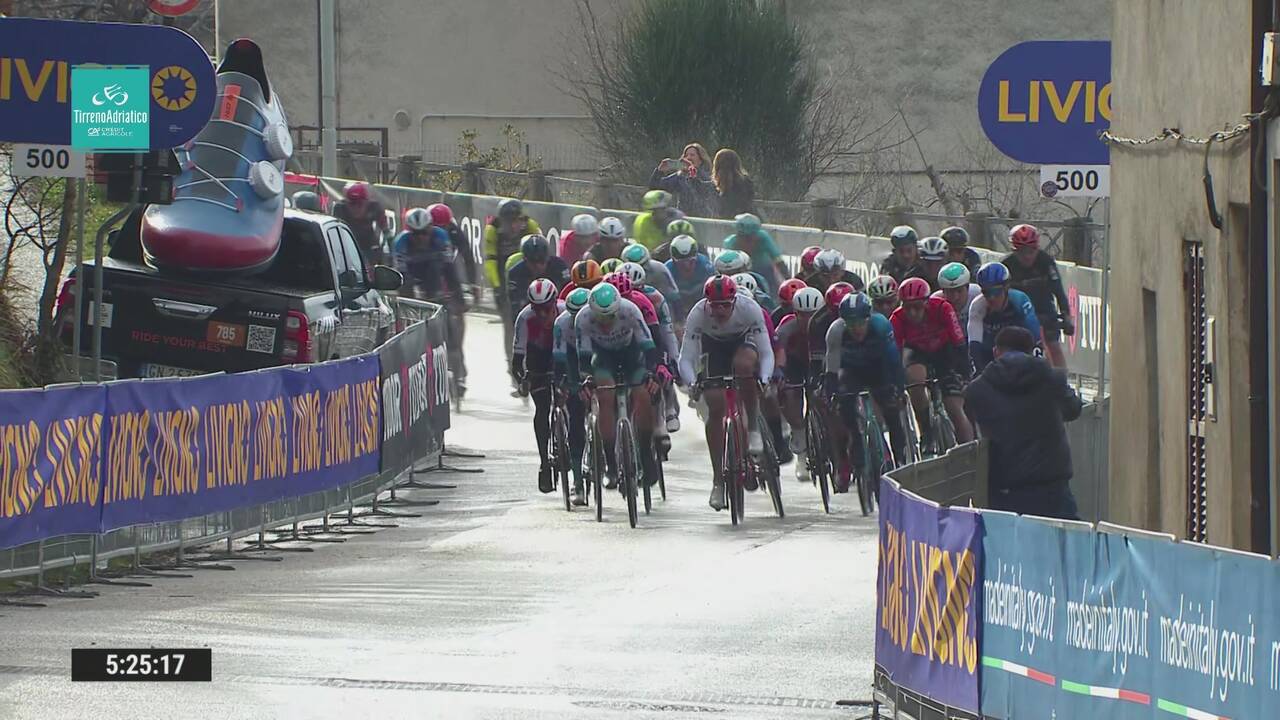
Tirreno-Adriatico Crédit Agricole 2024 | Stage 3 | Last KM 🇮🇹
6 Mar 2024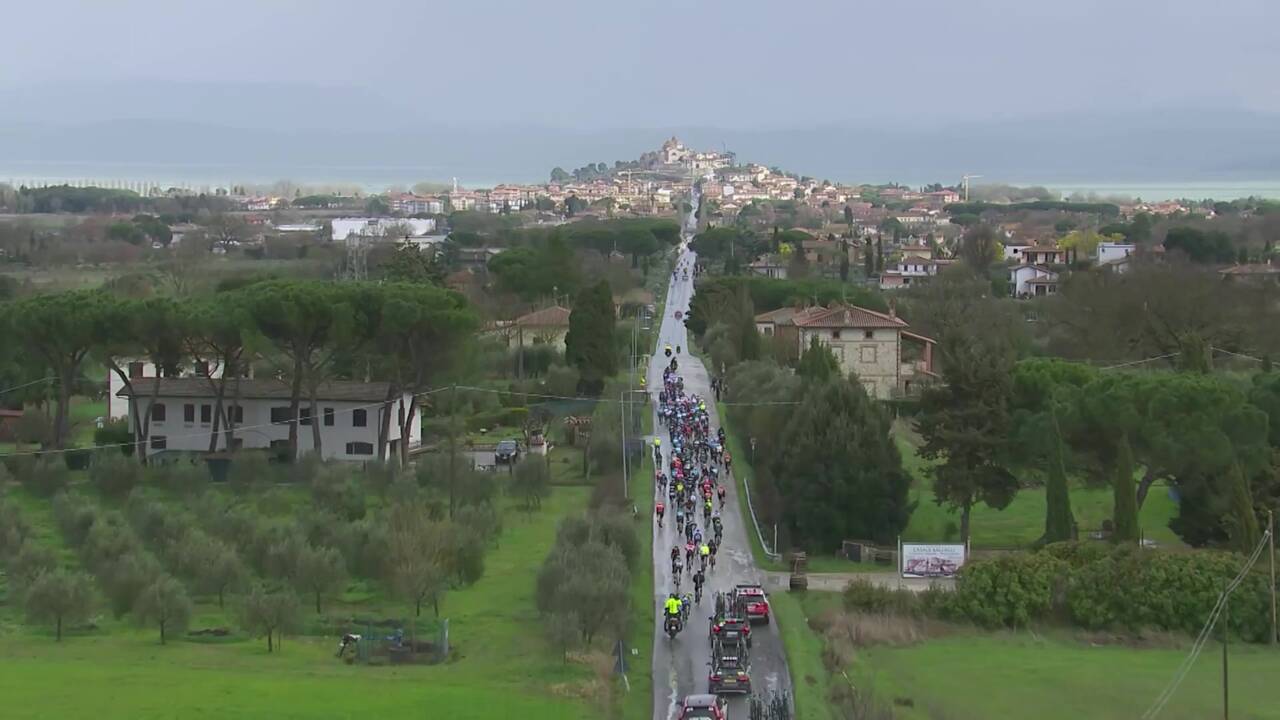
Tirreno-Adriatico Crédit Agricole 2024 | Stage 3 | Highlights 🇮🇹
6 Mar 2024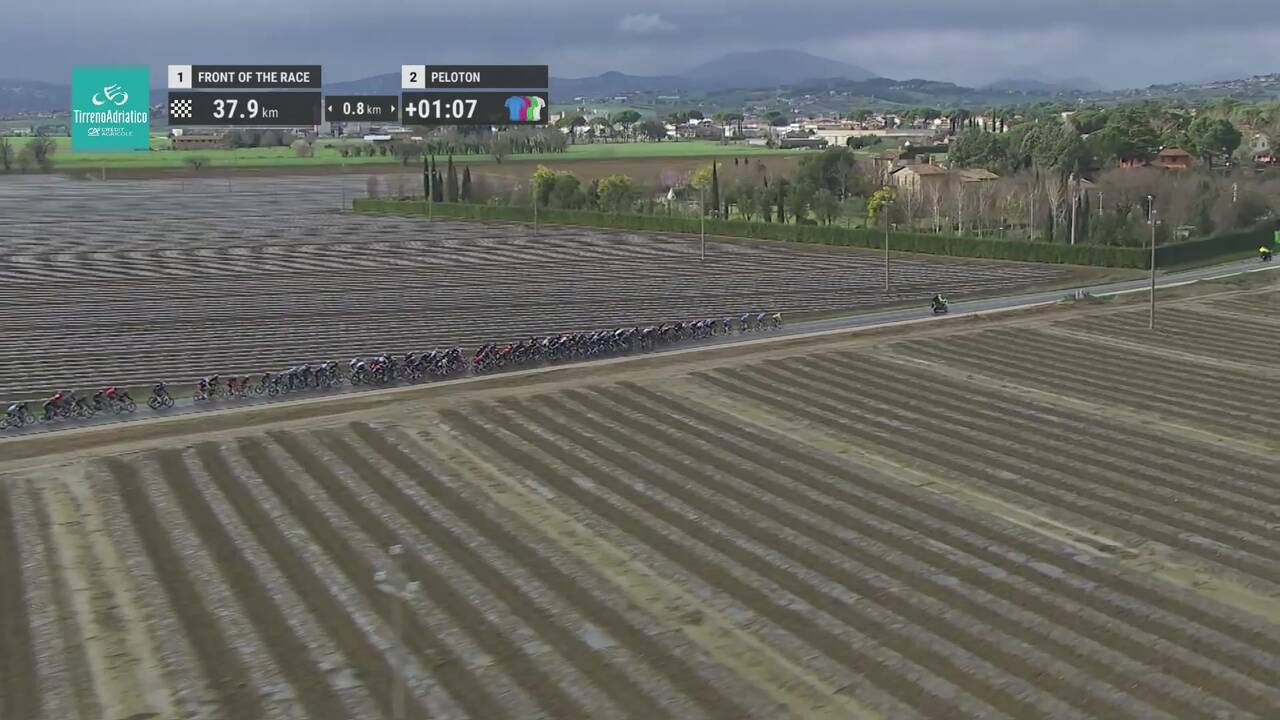
Tirreno-Adriatico Crédit Agricole 2024 | Stage 3 | Highlights 🇬🇧
6 Mar 2024Photos Stage 03

Tirreno-Adriatico Crédit Agricole 2024 | Tappa 3 | Best of
06/03/2024

